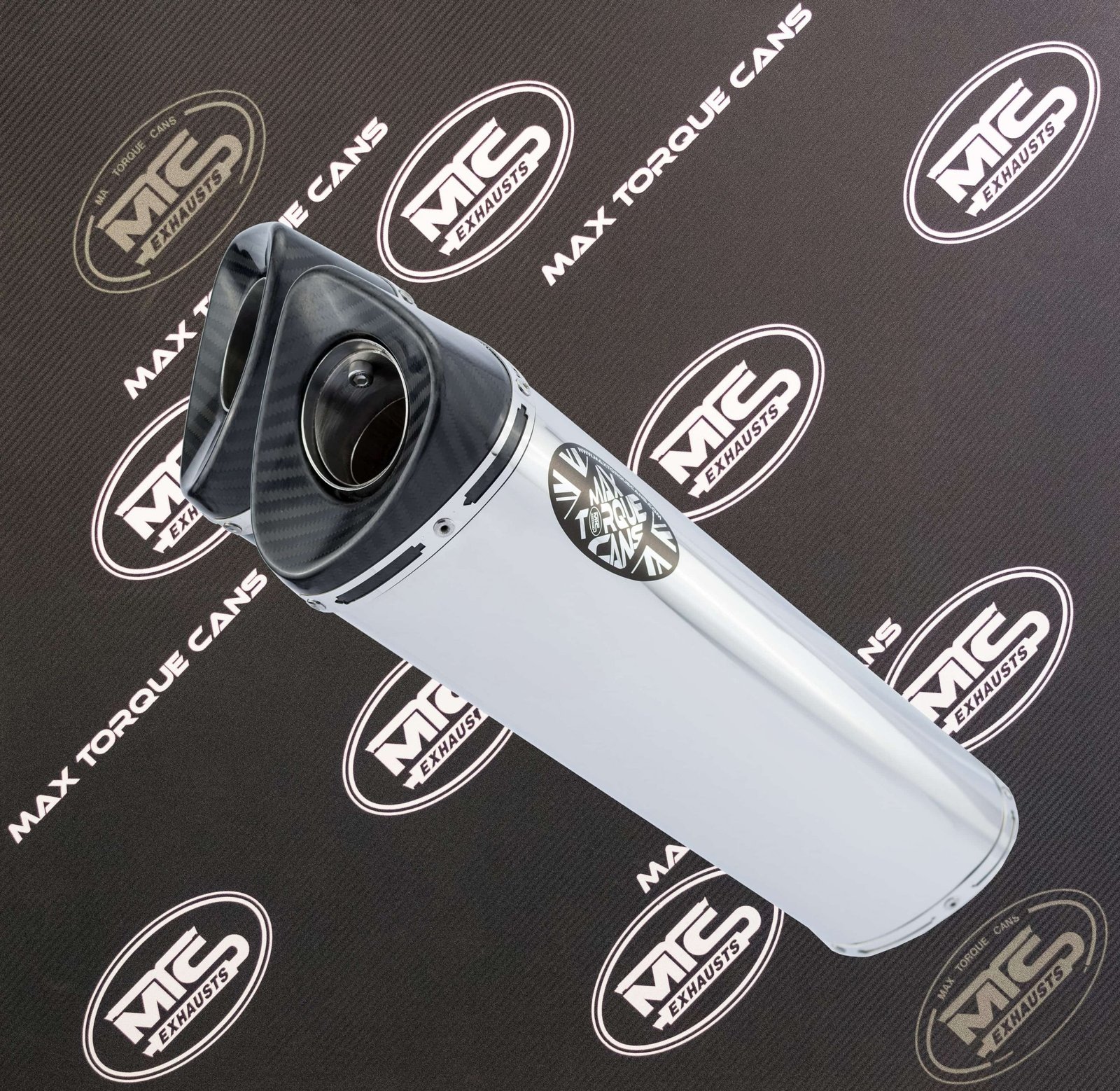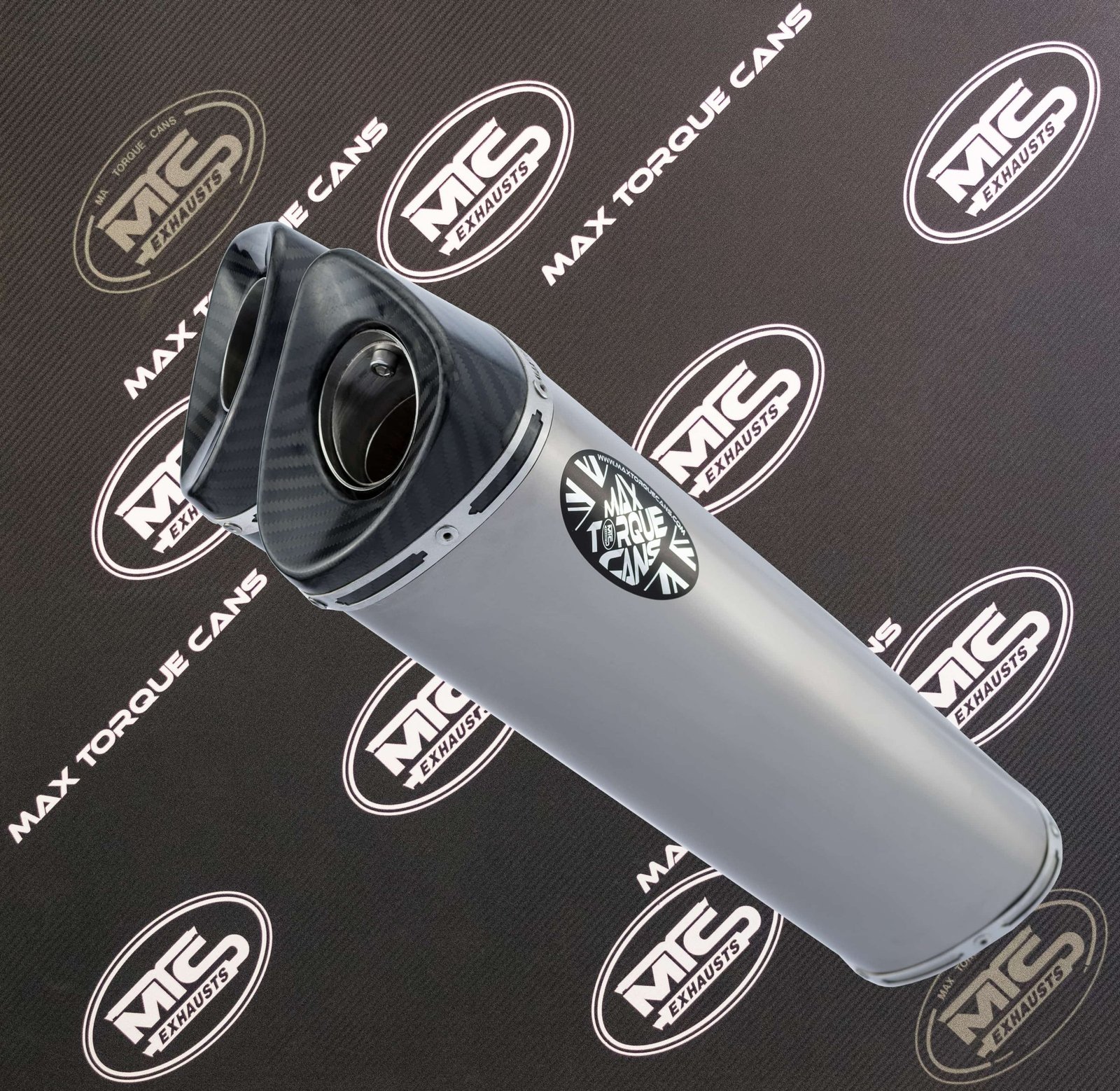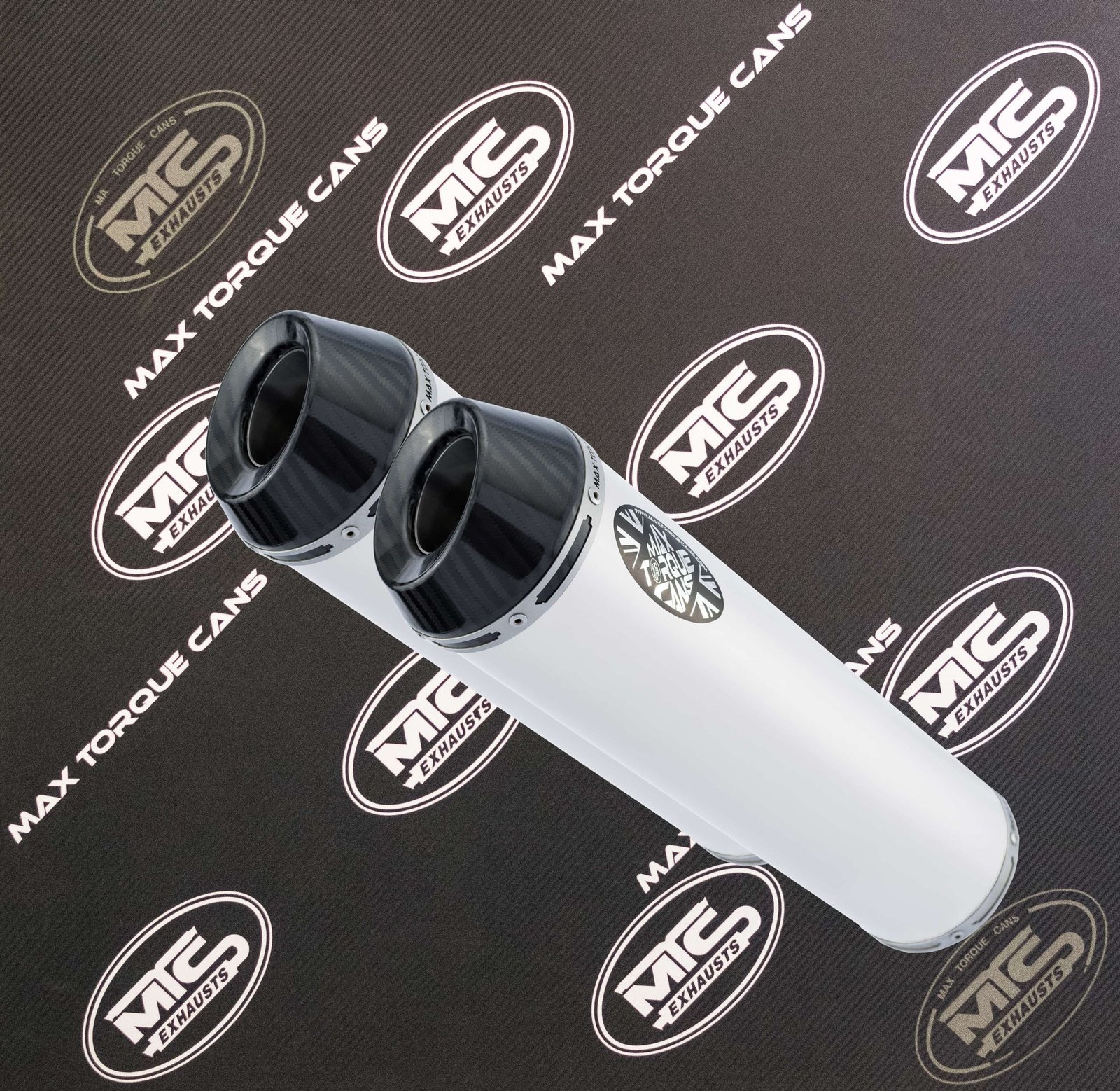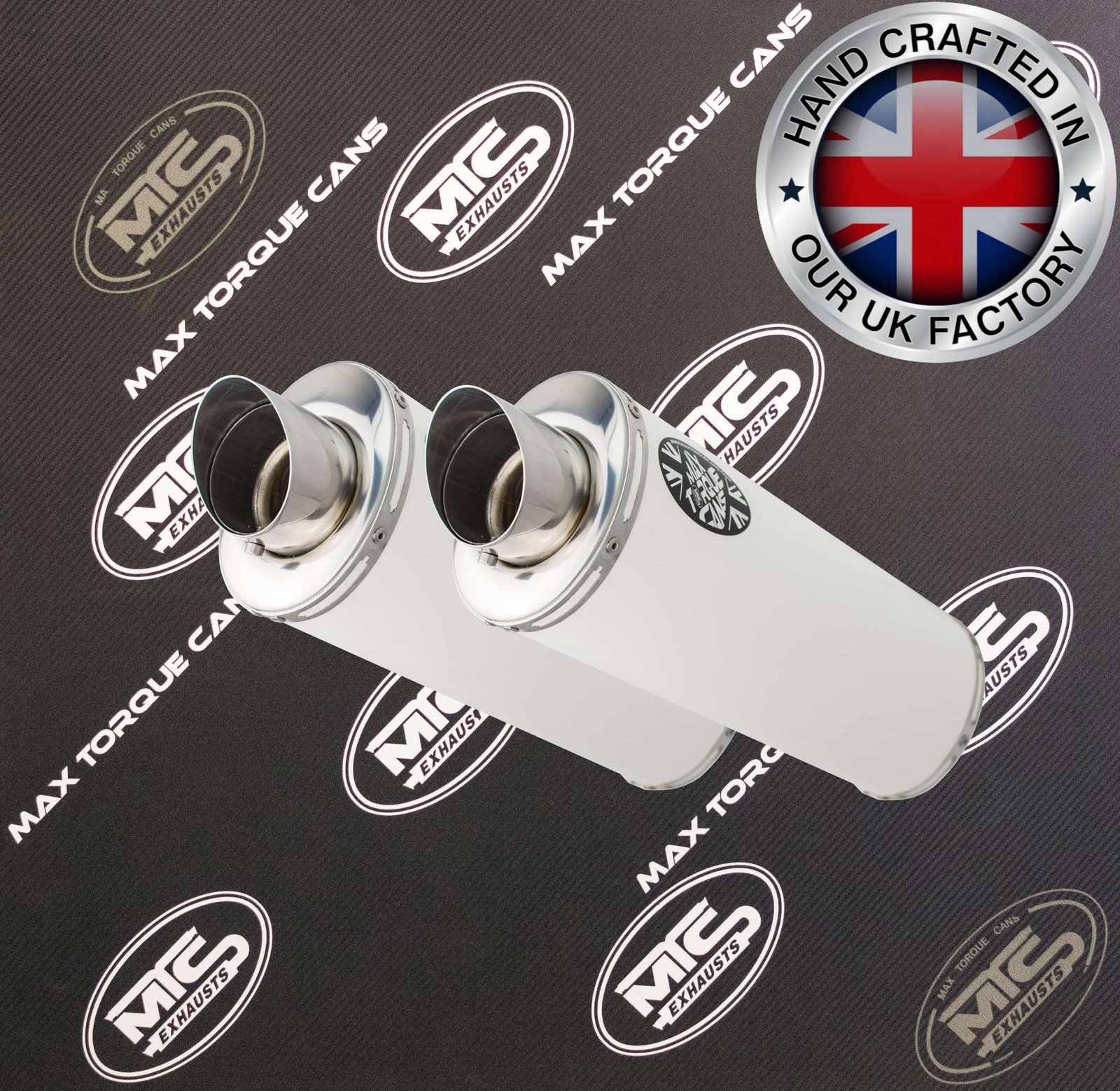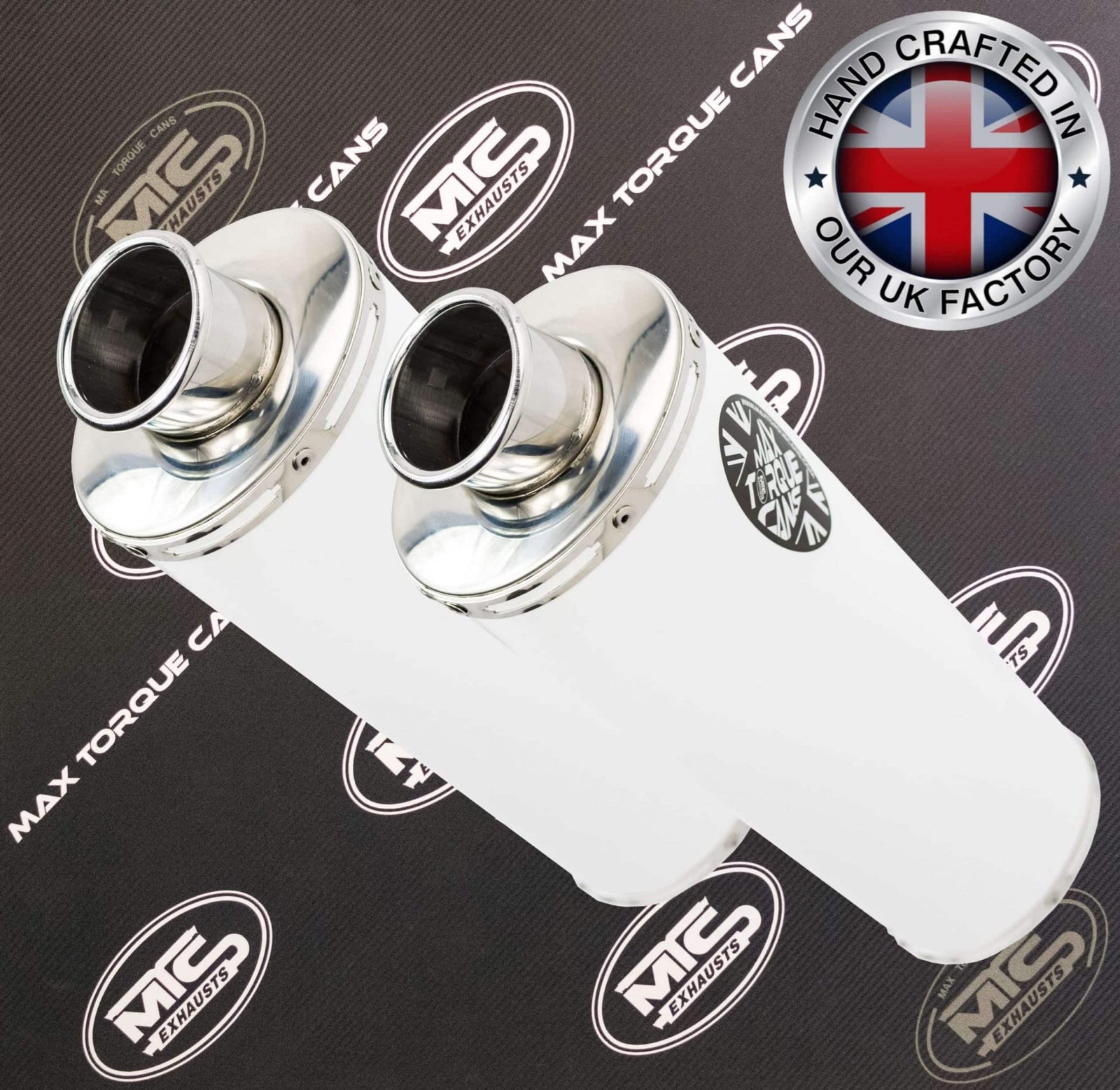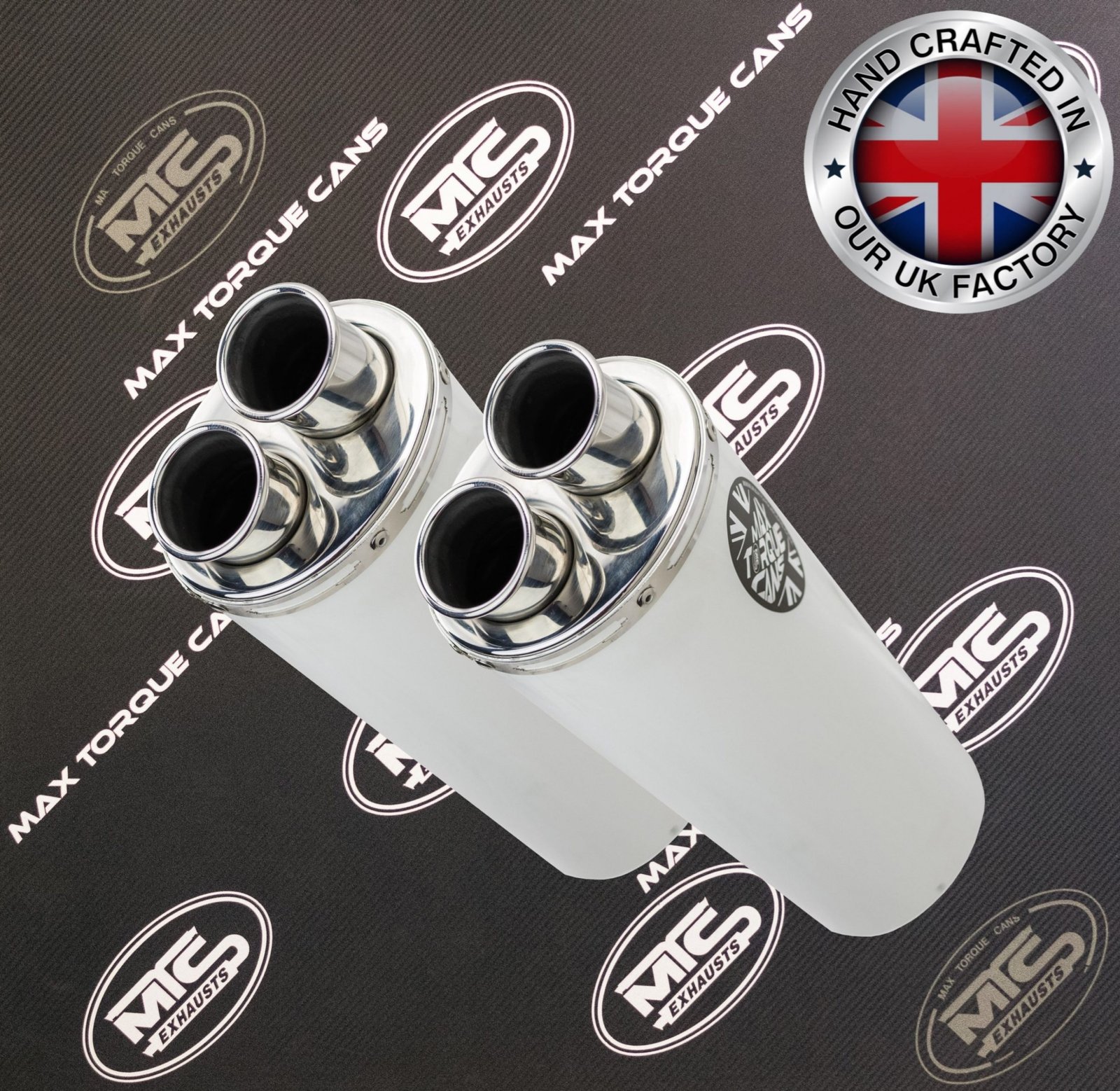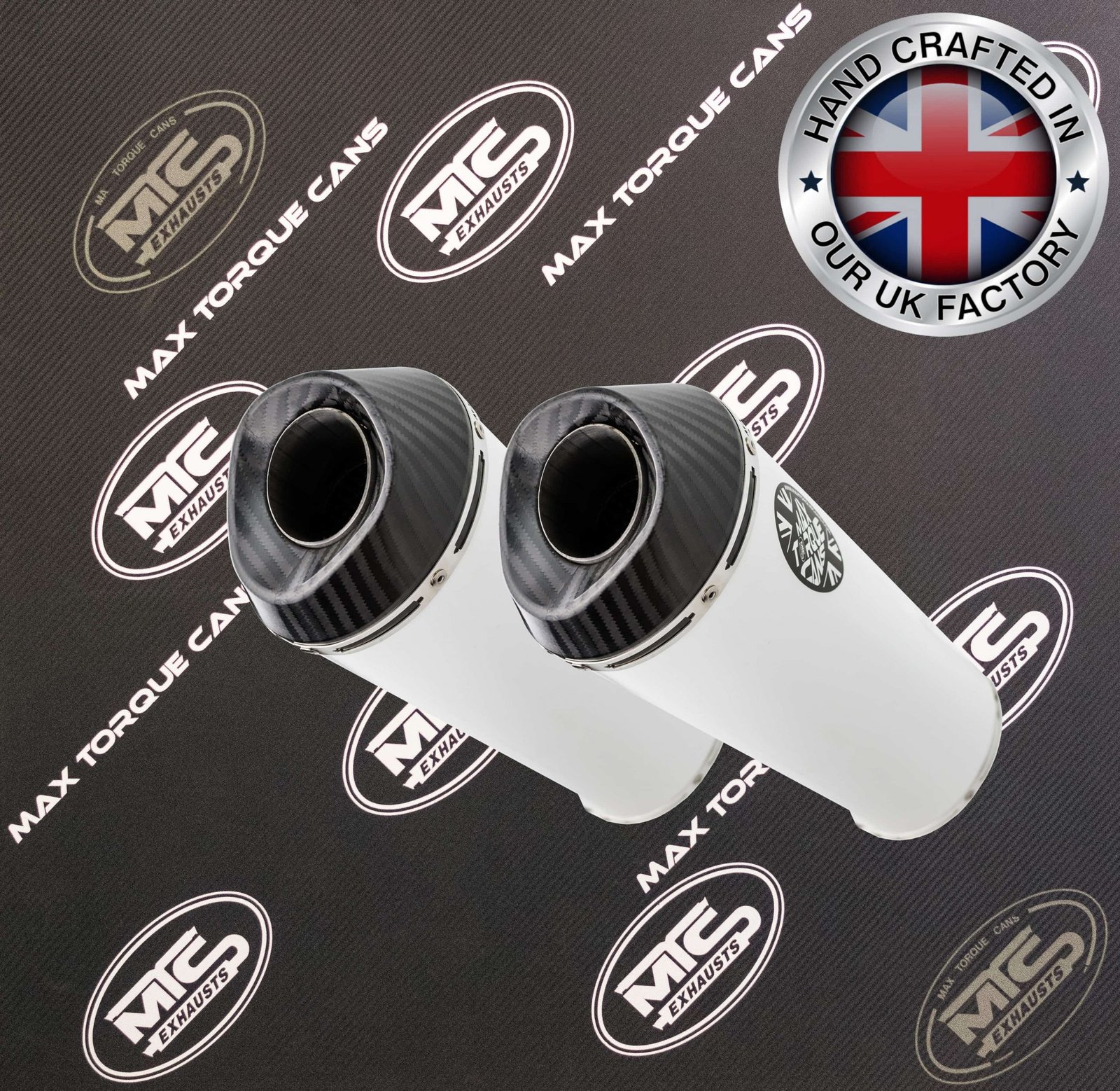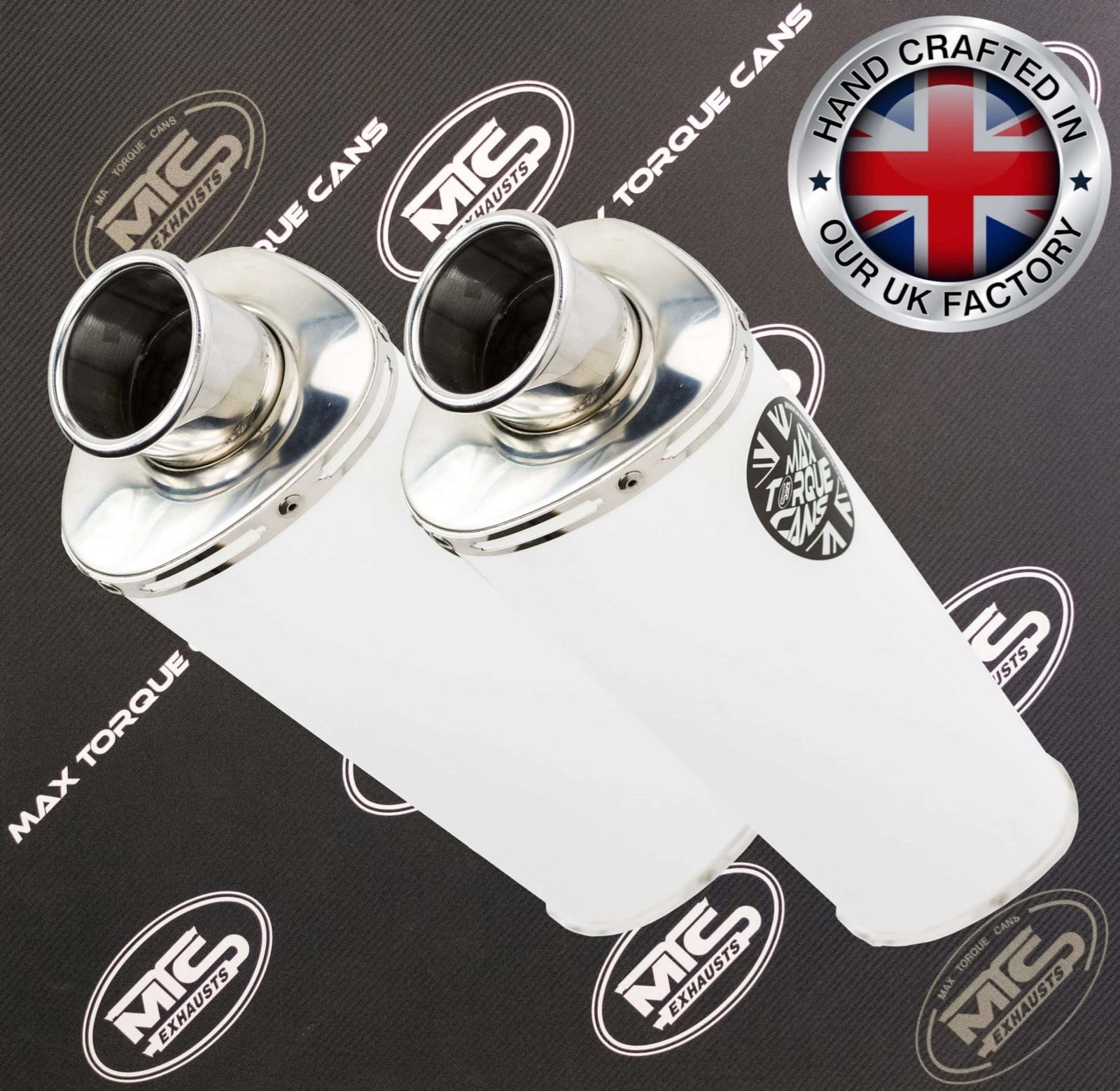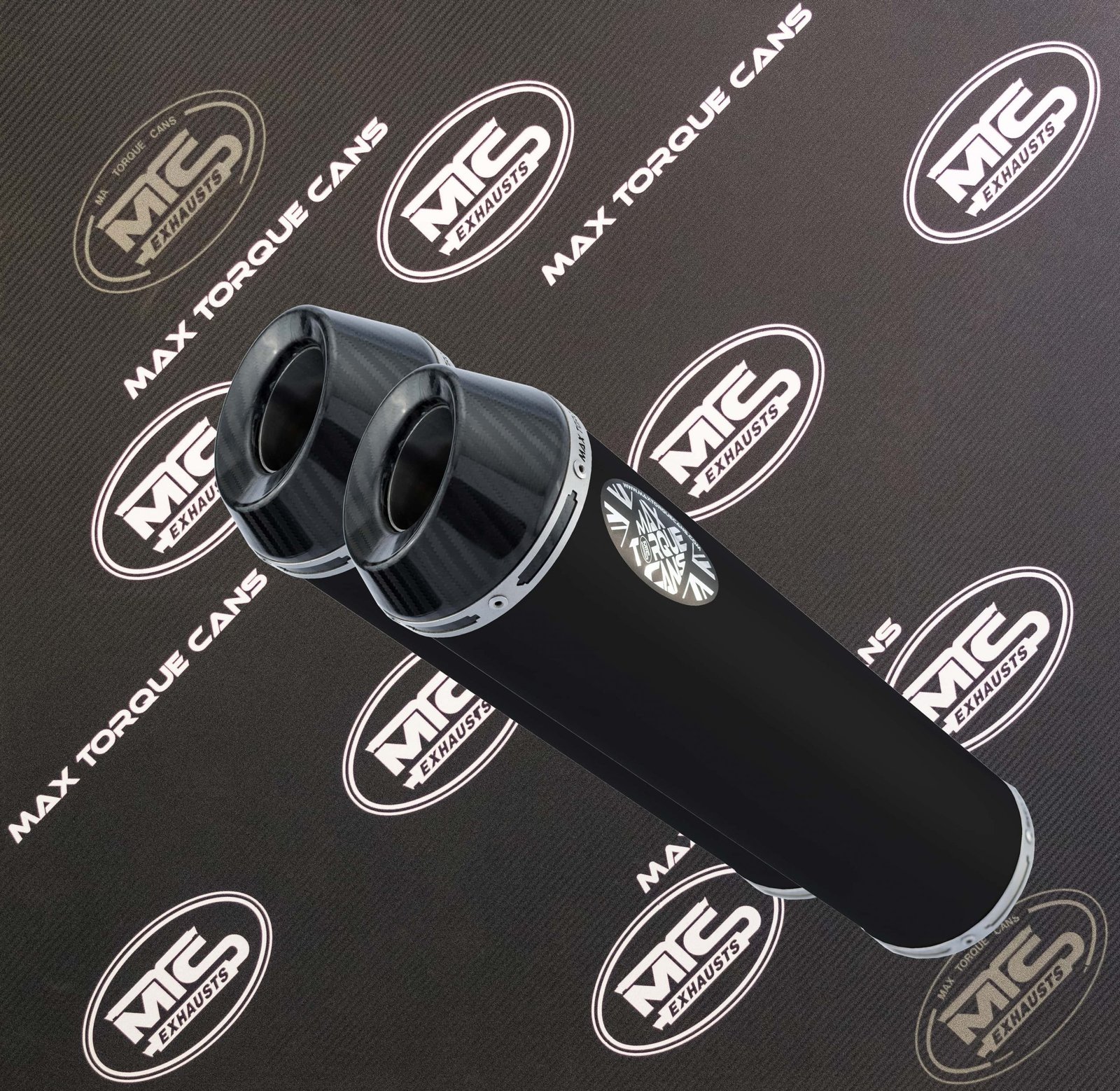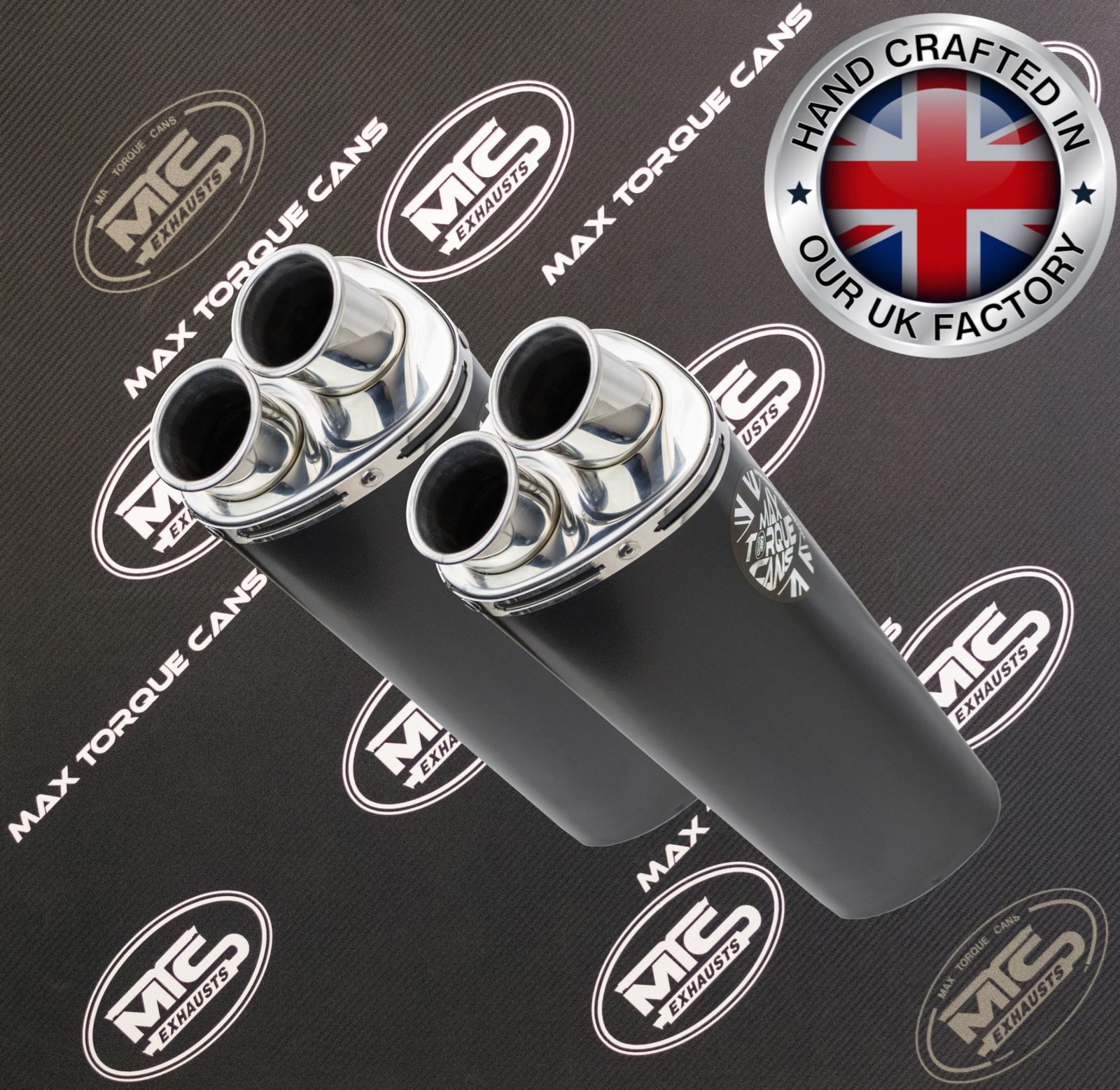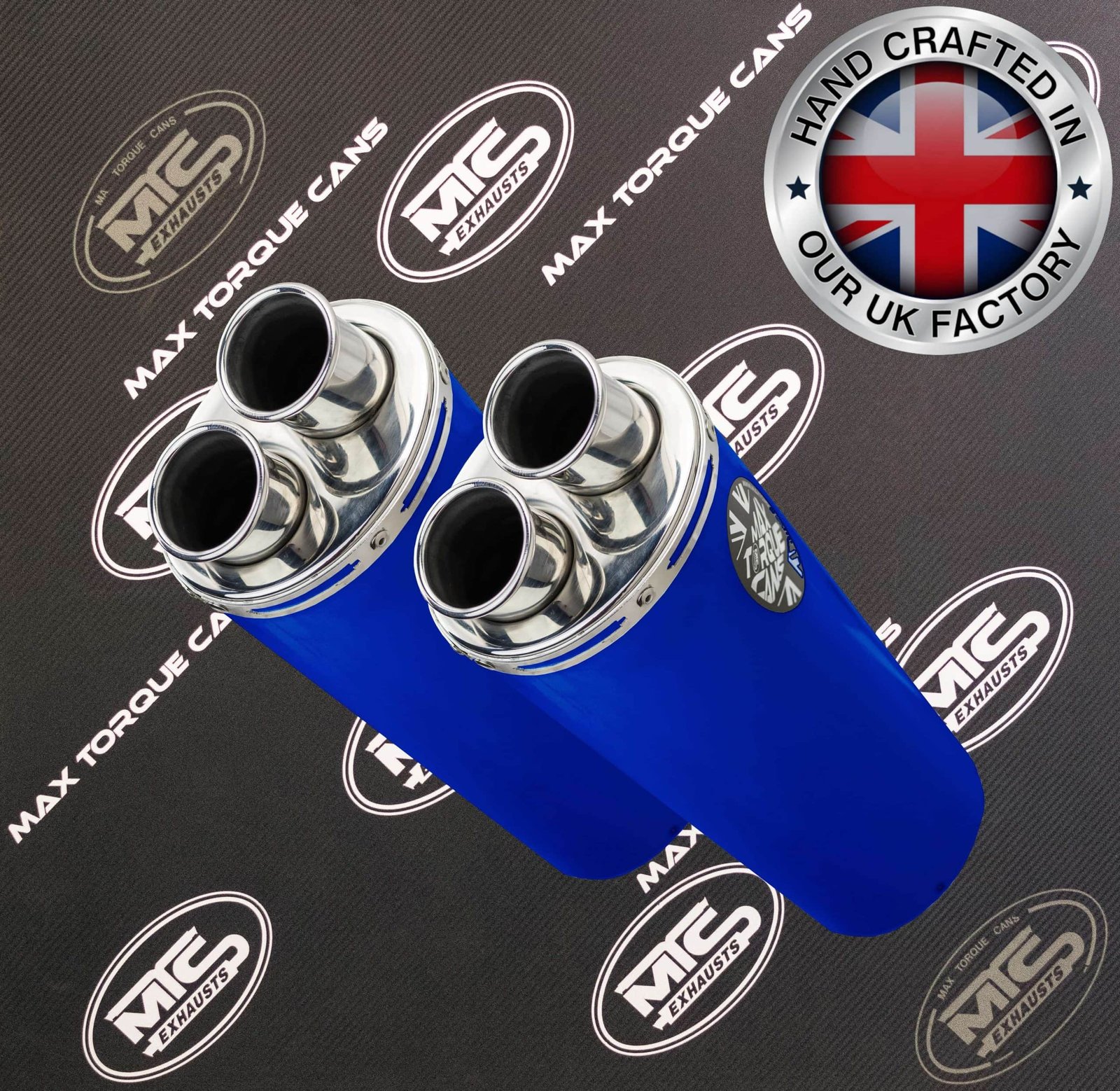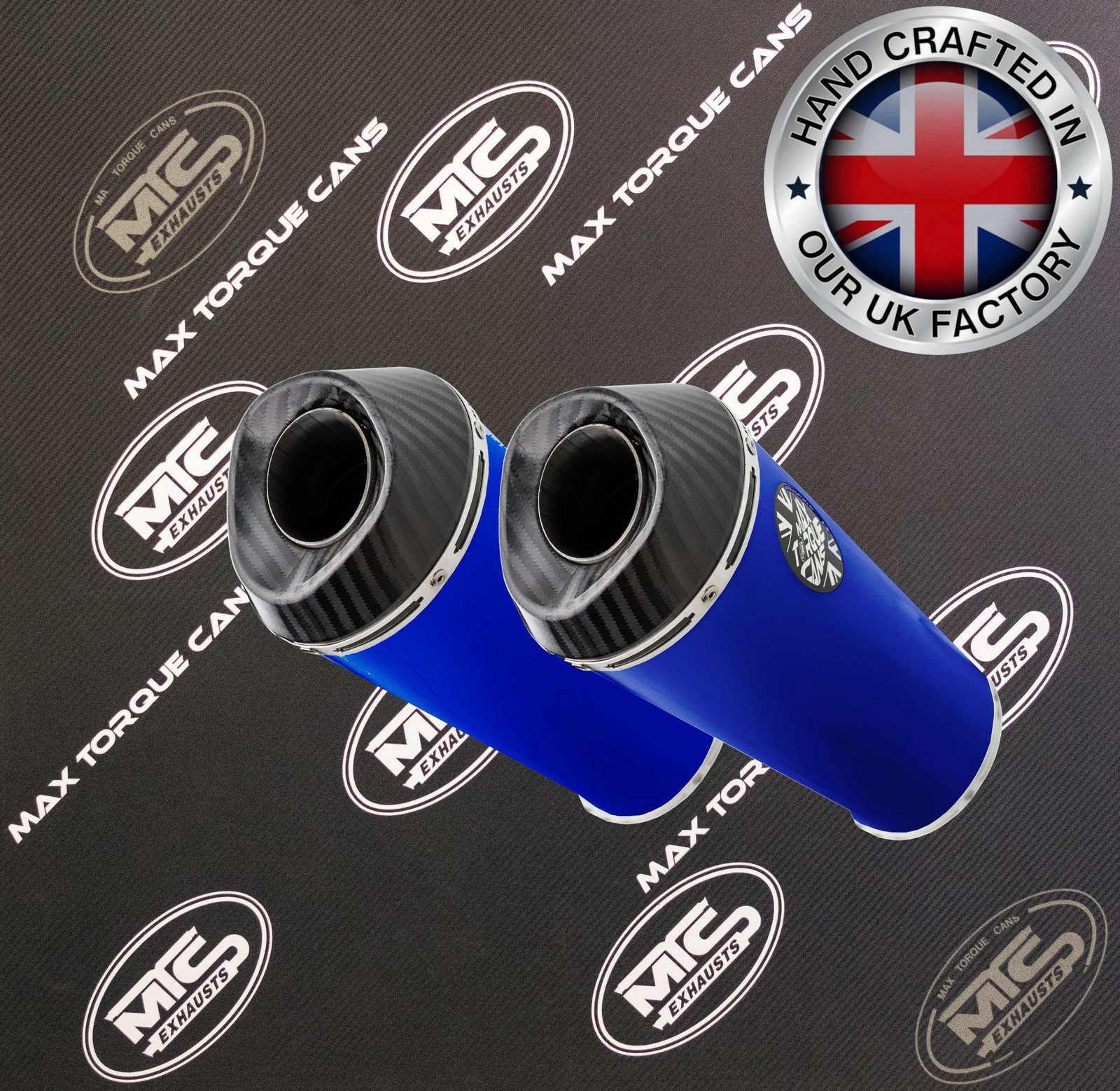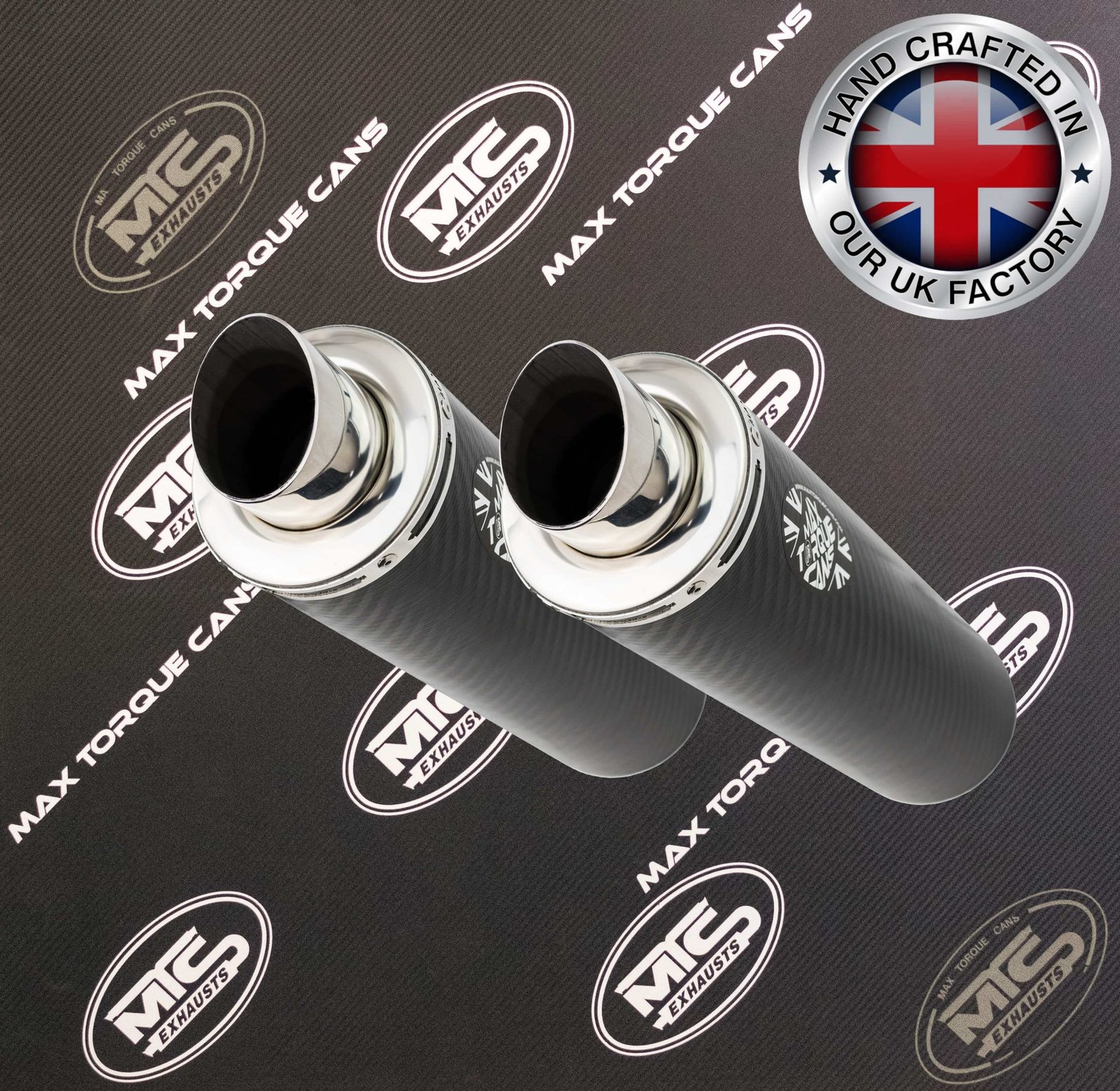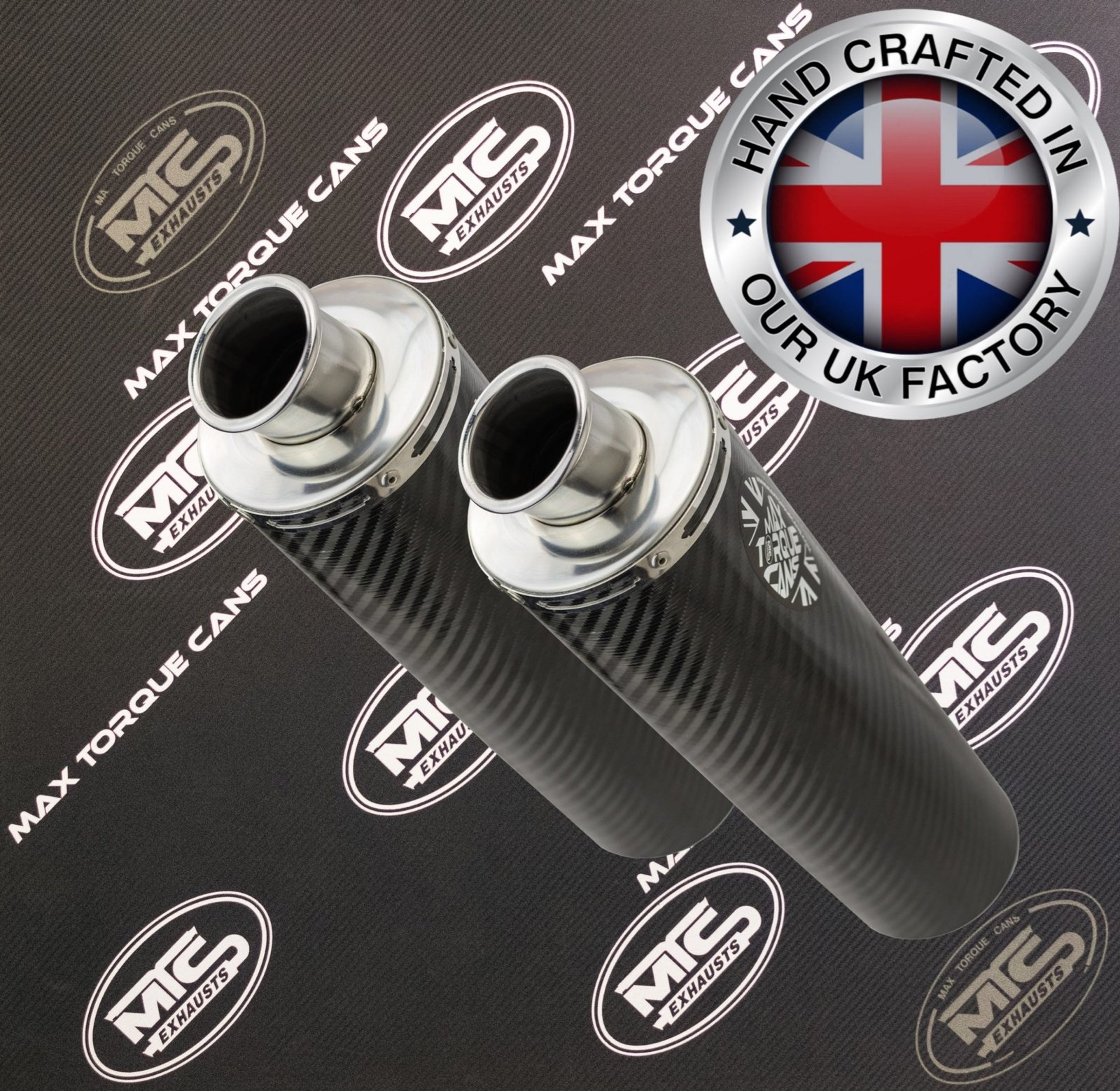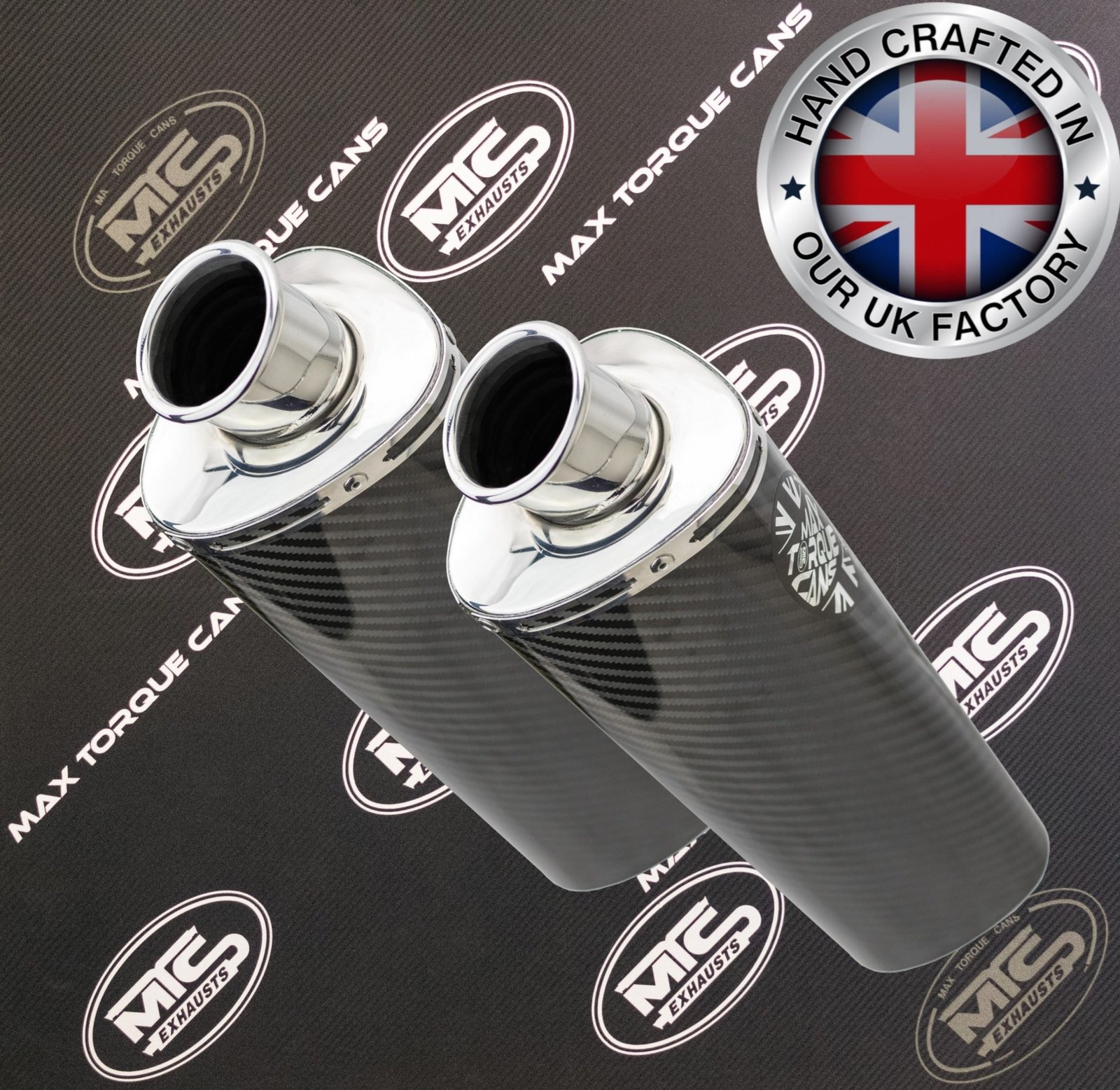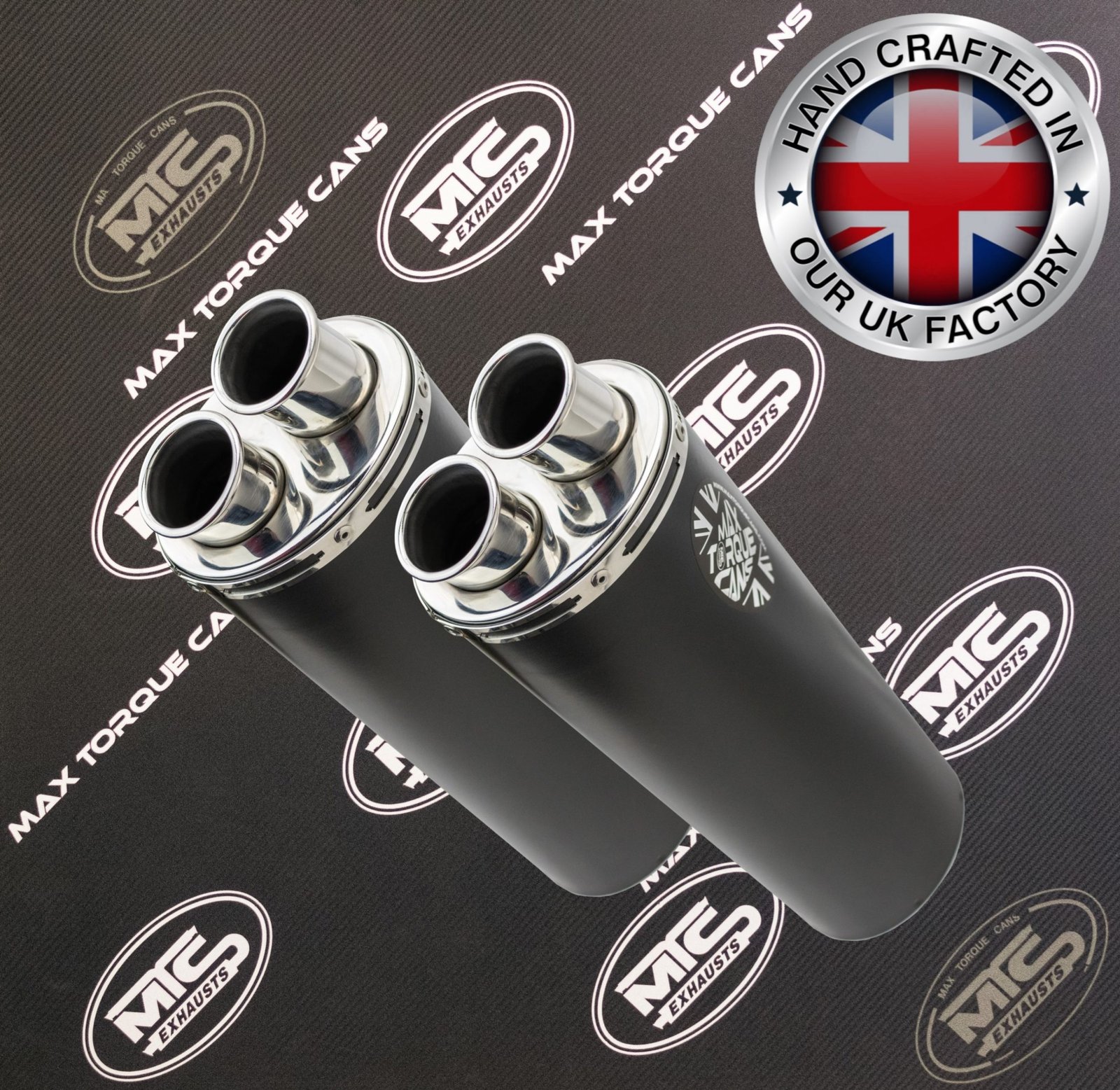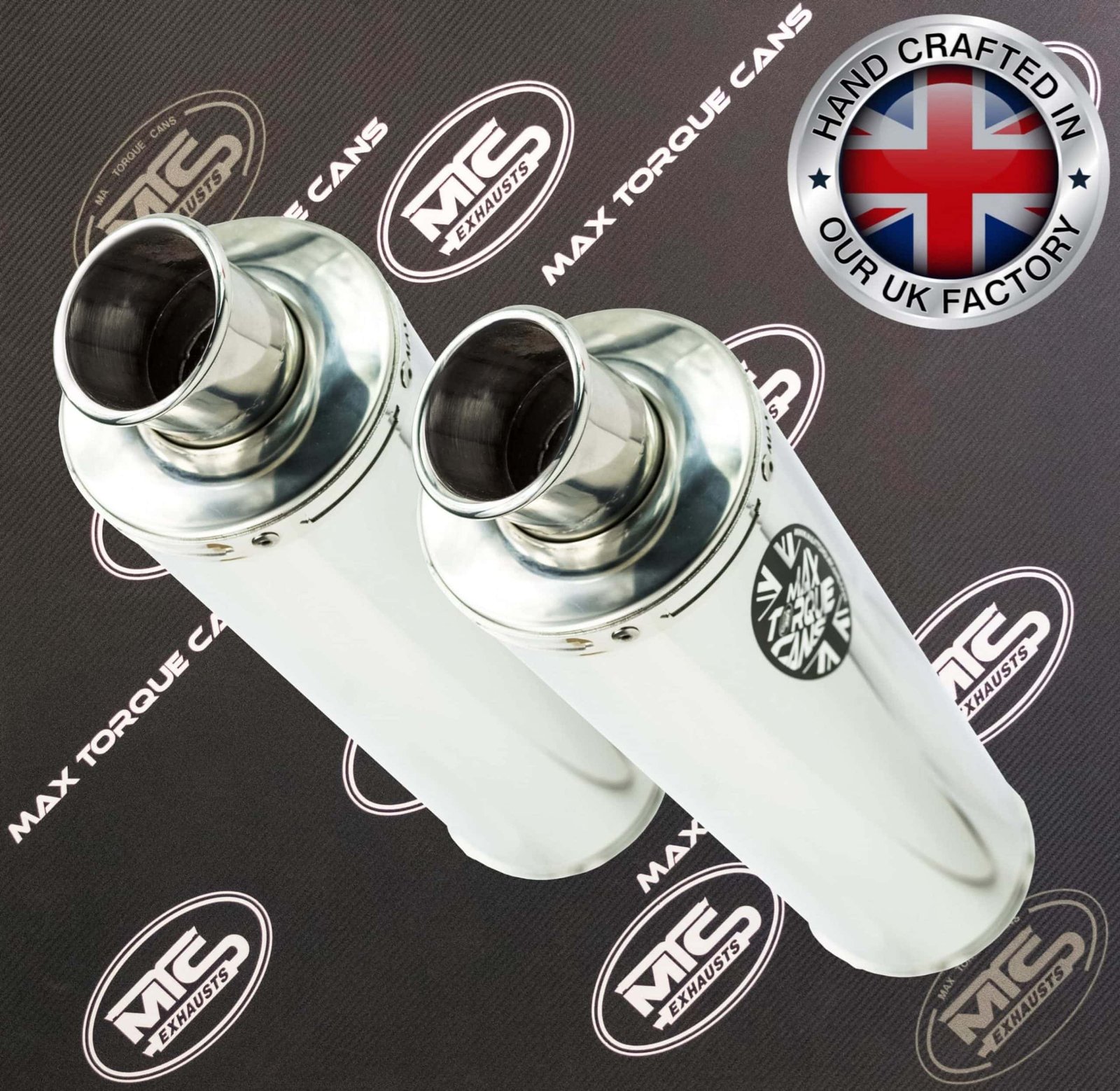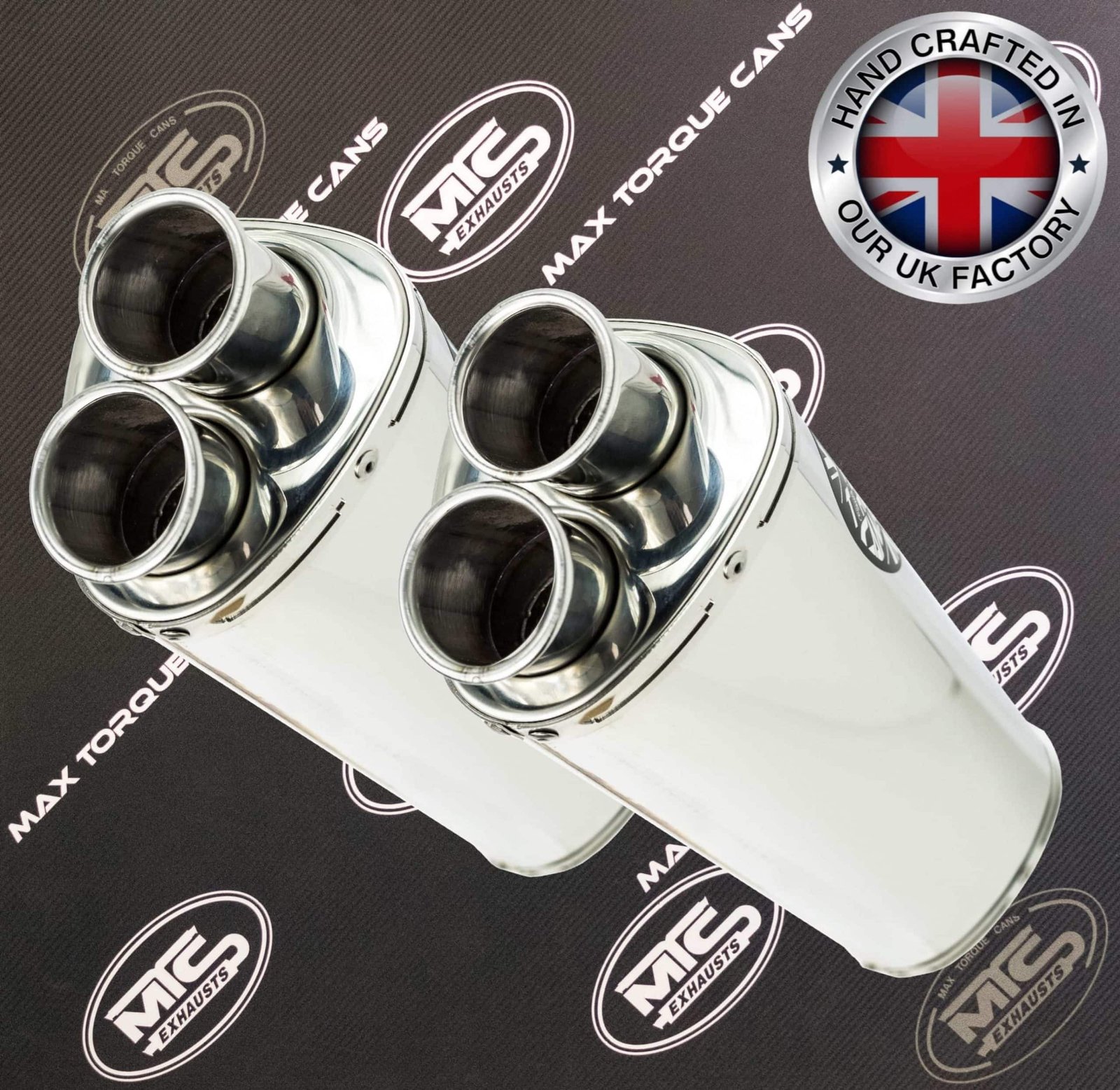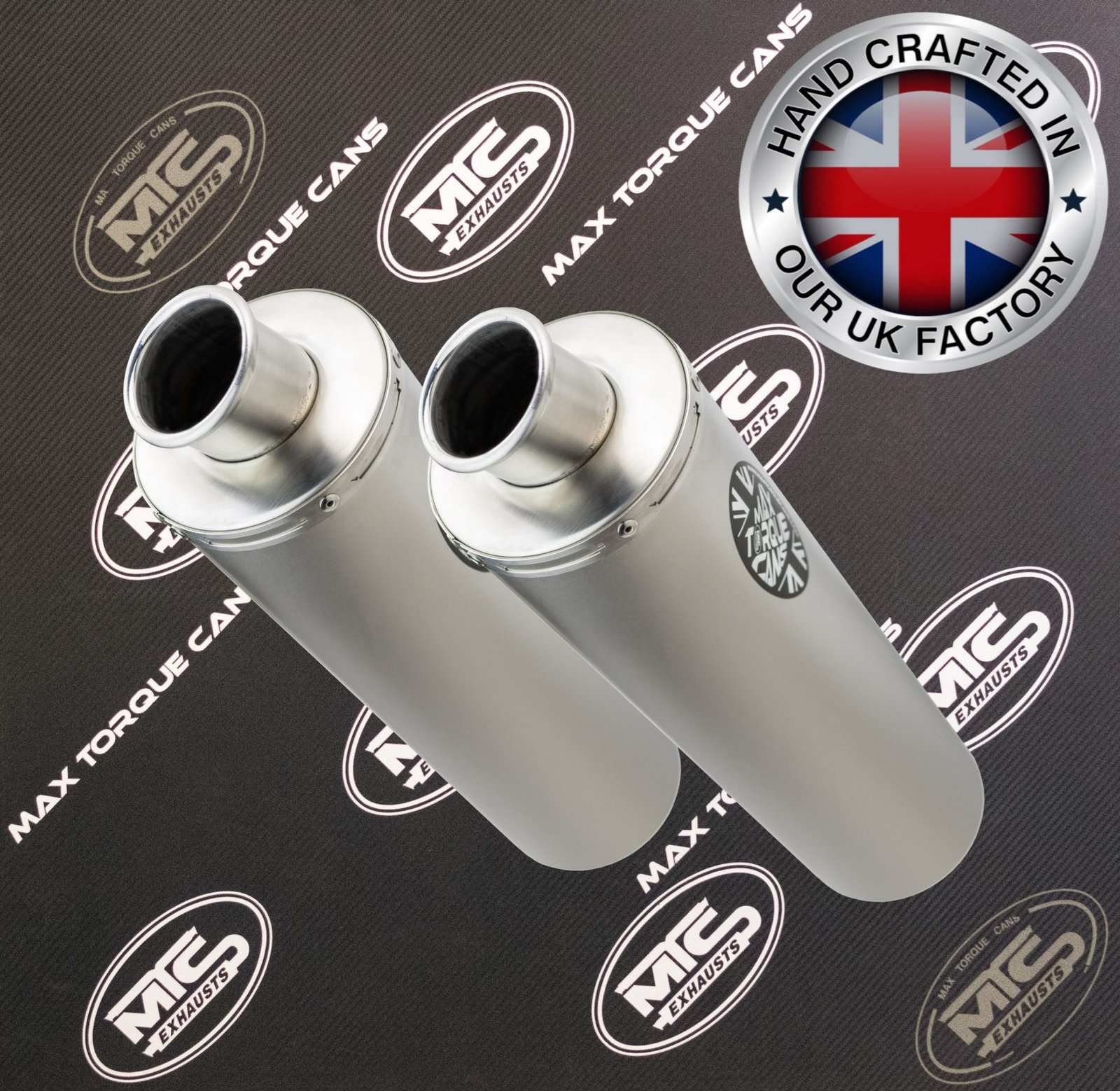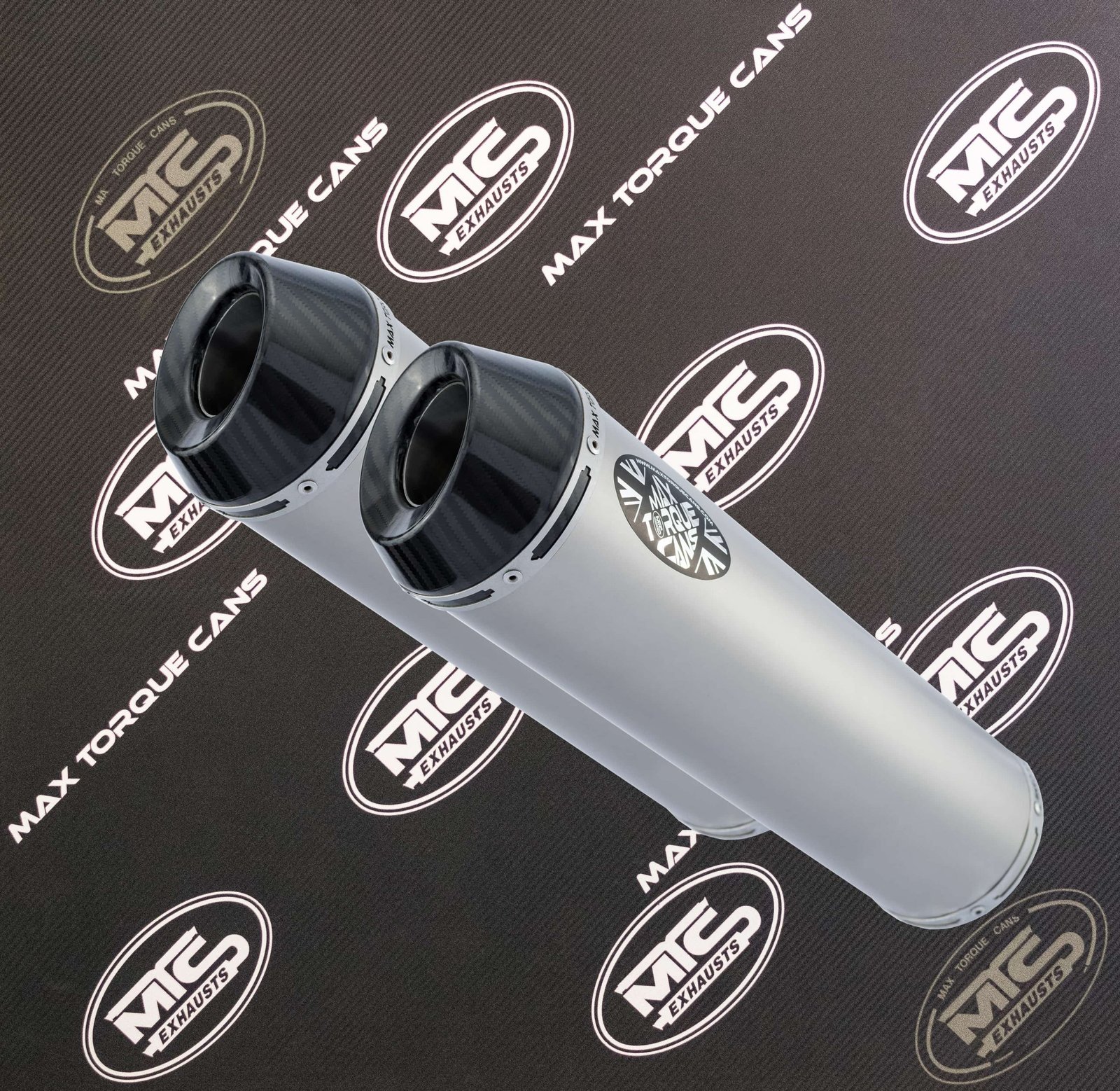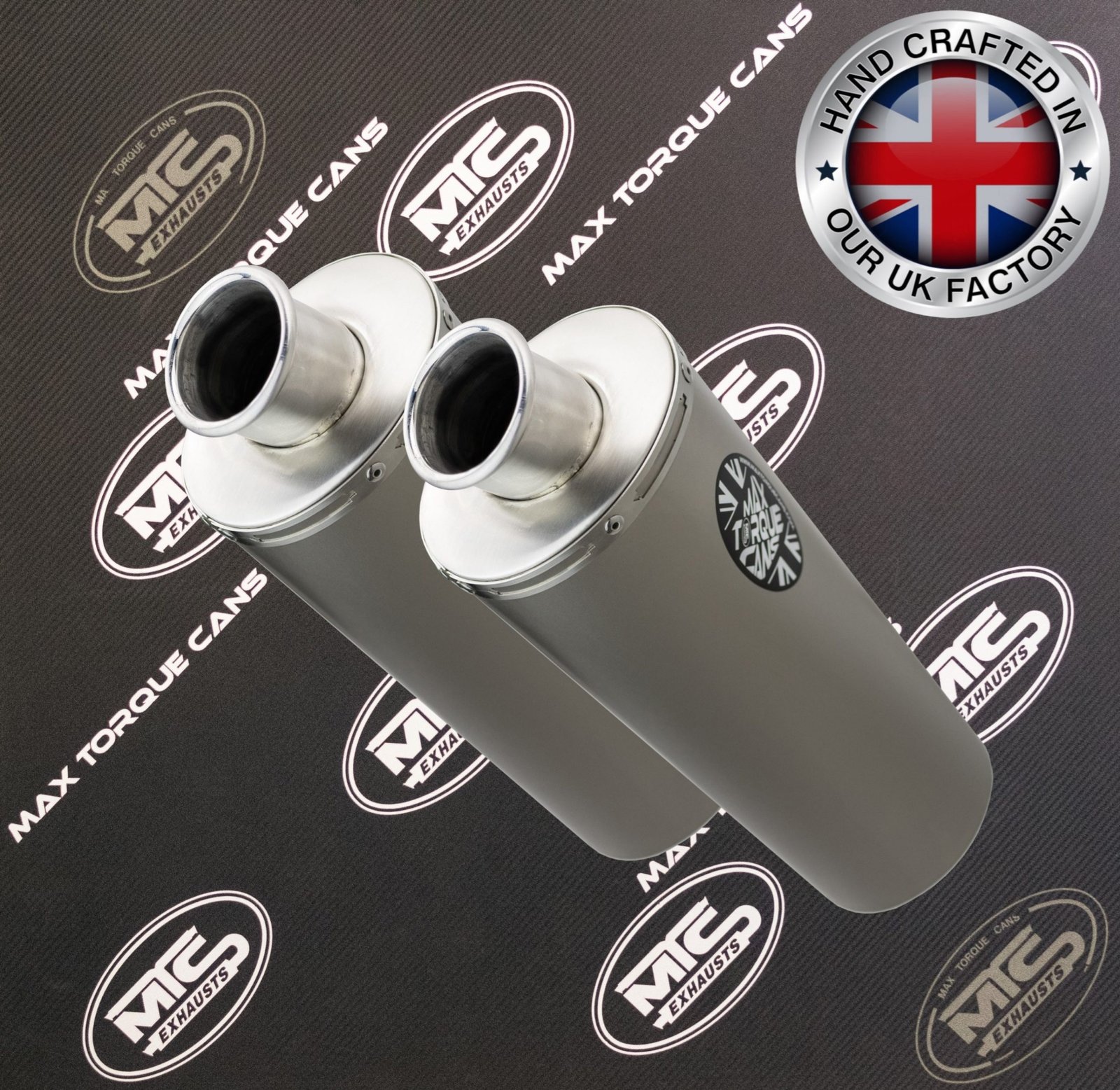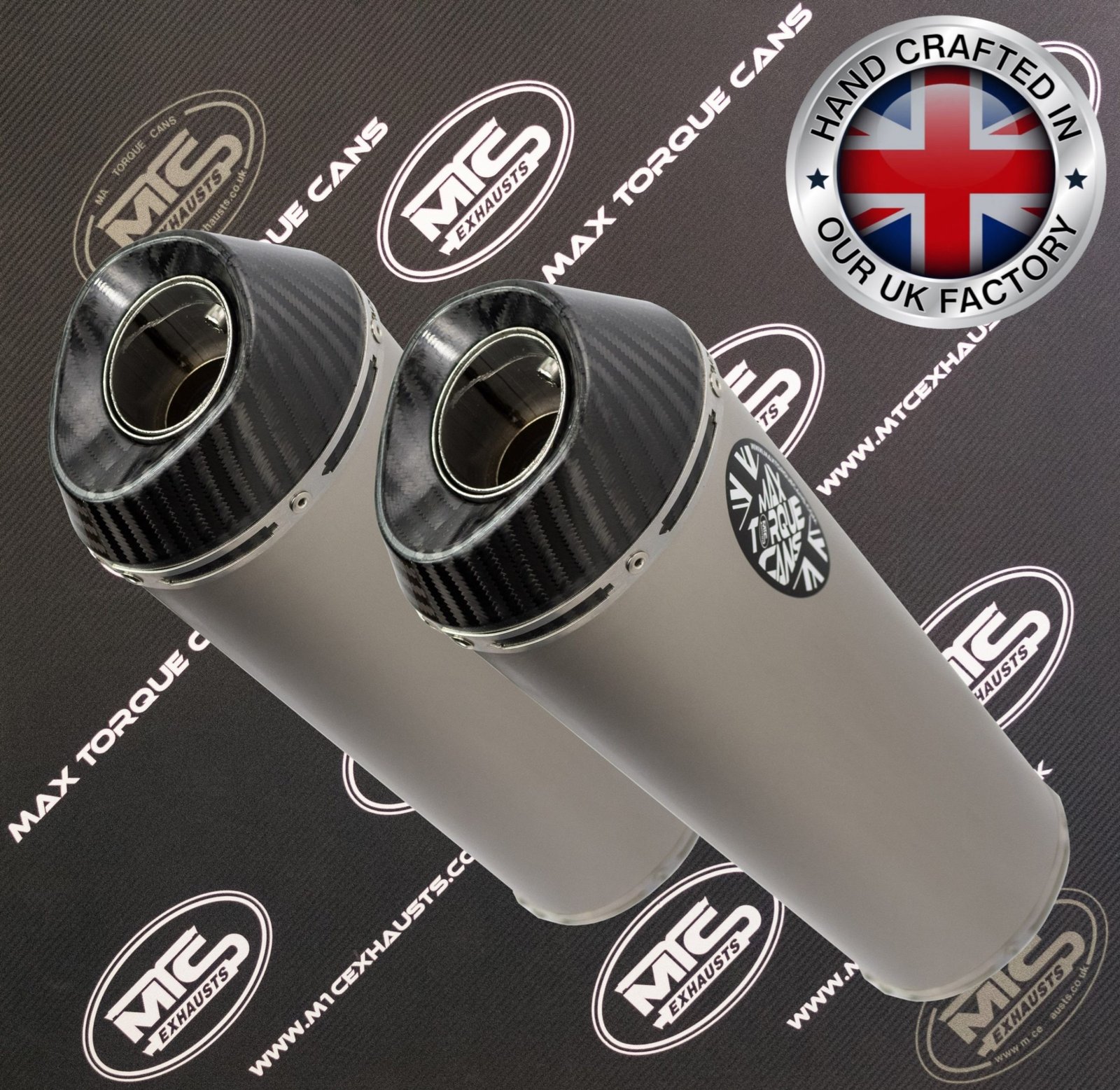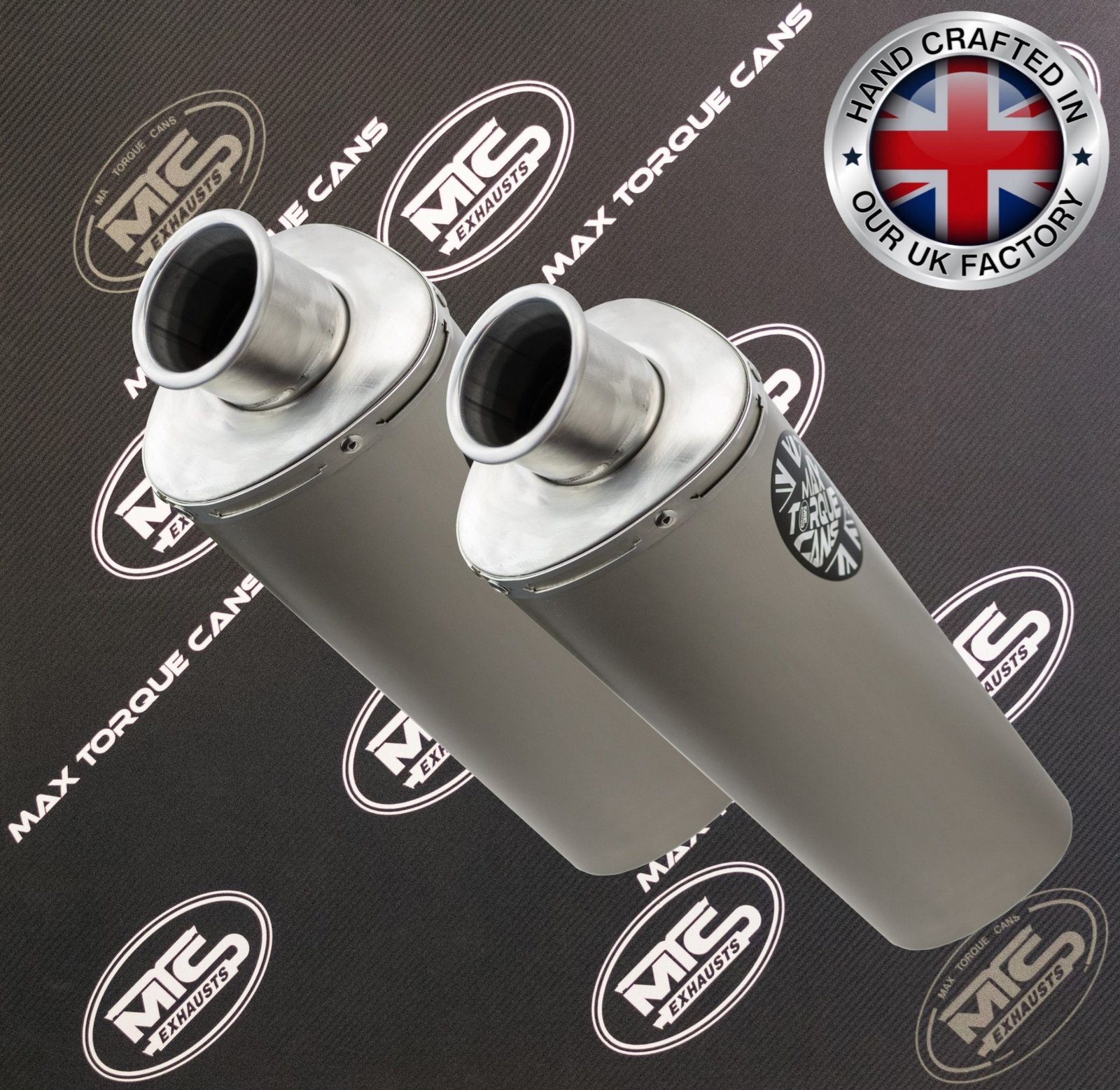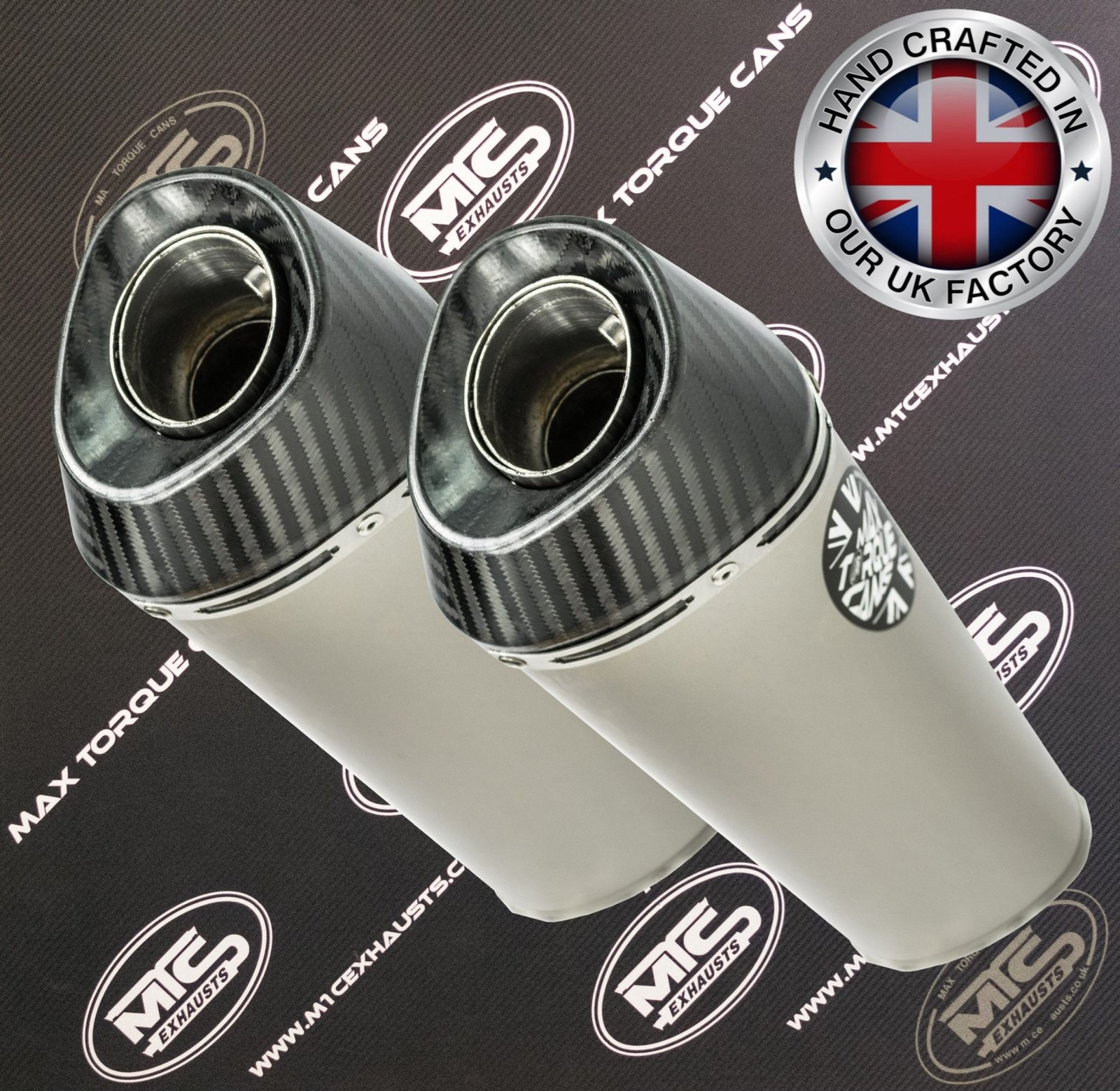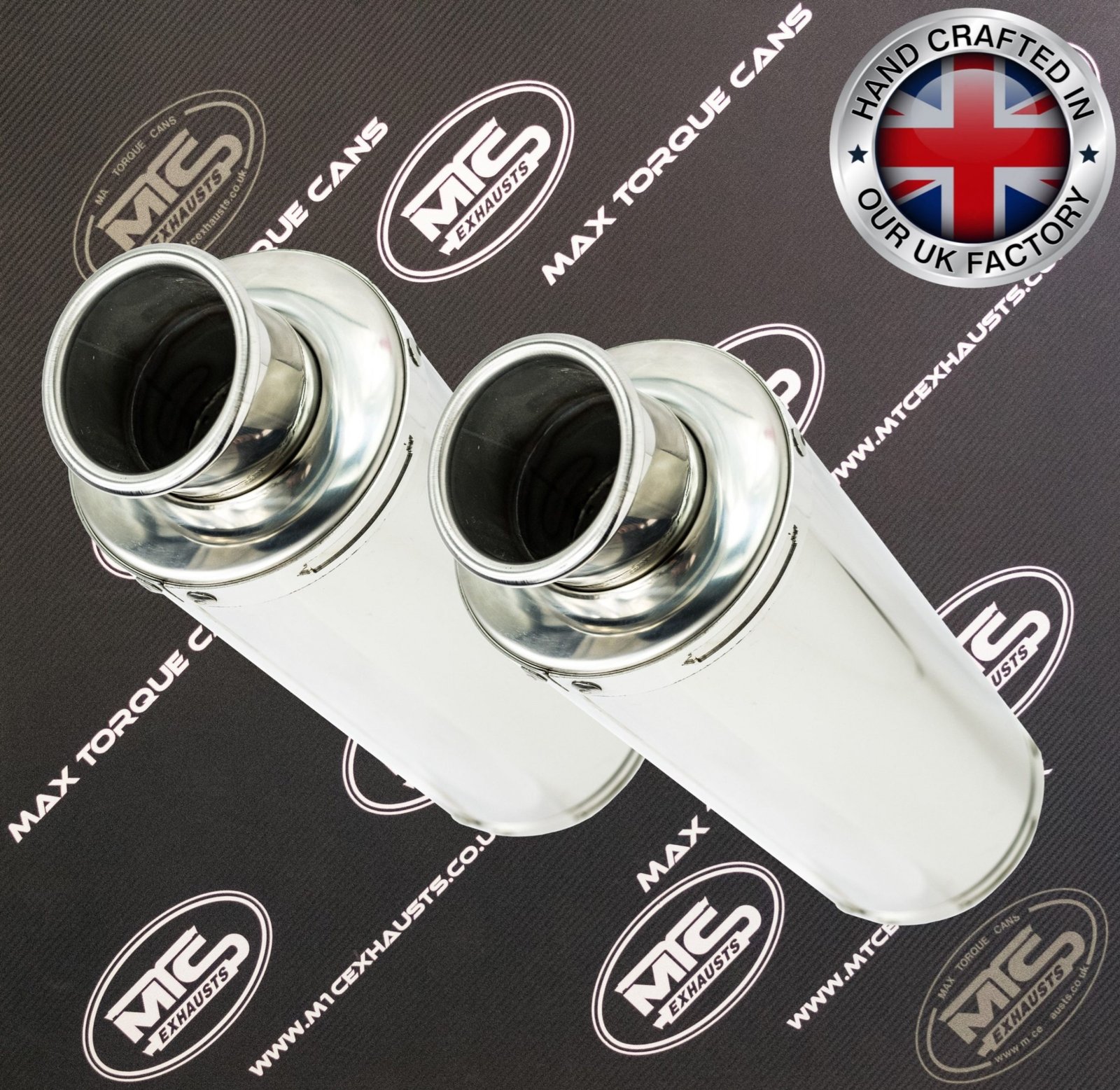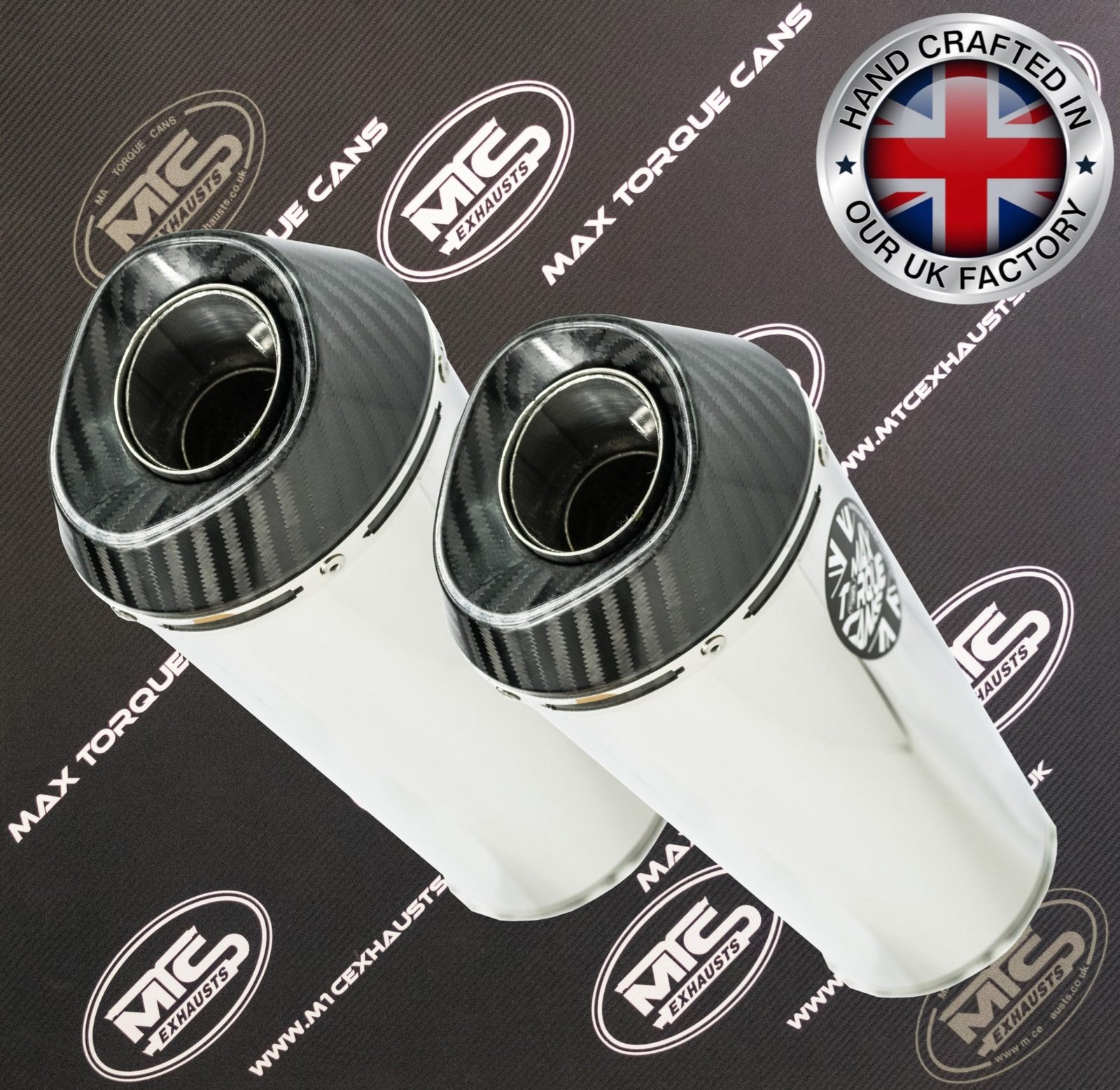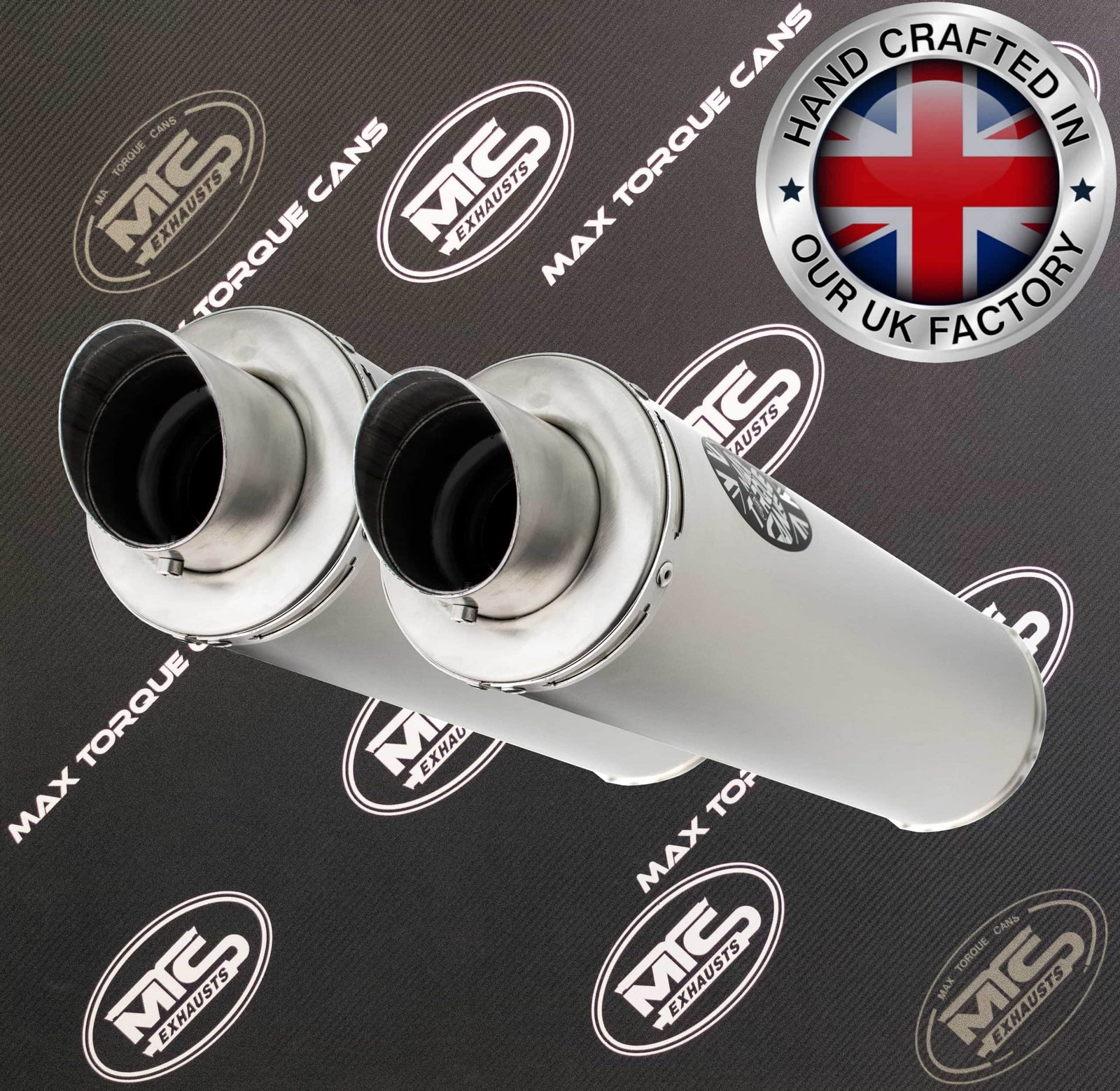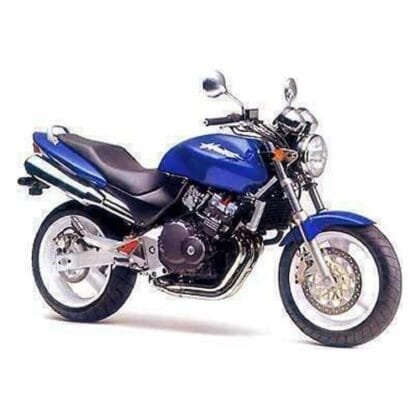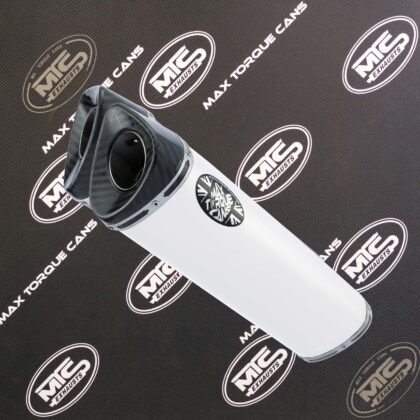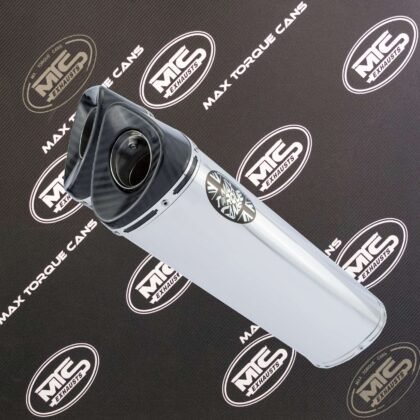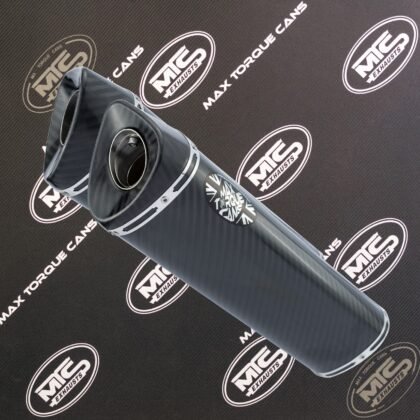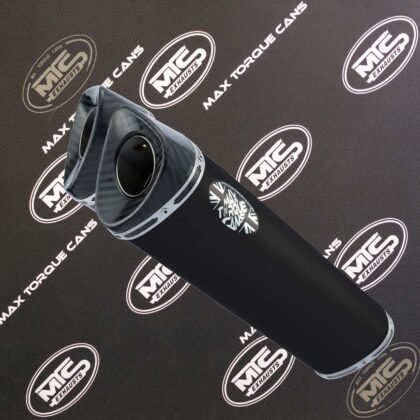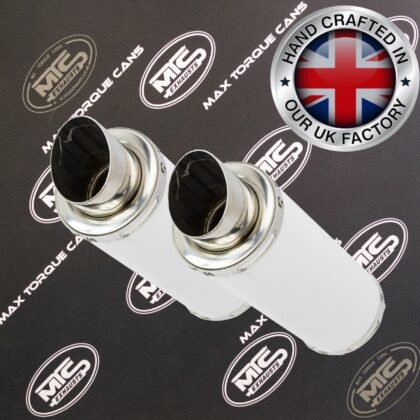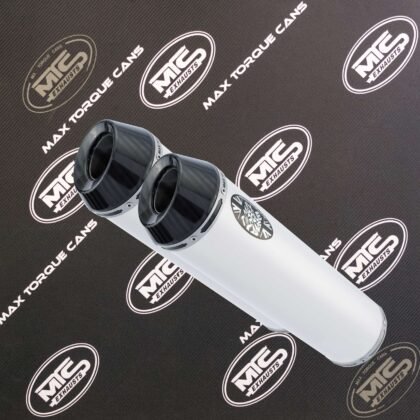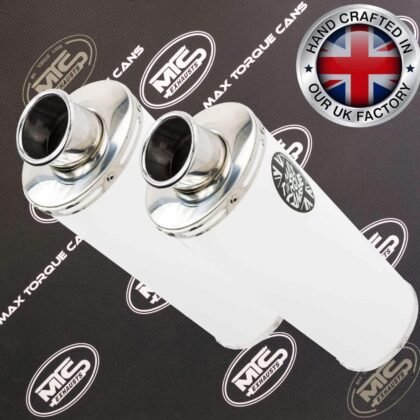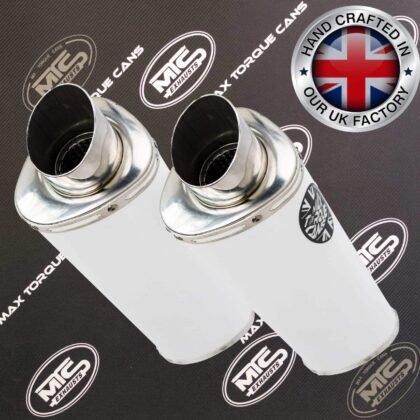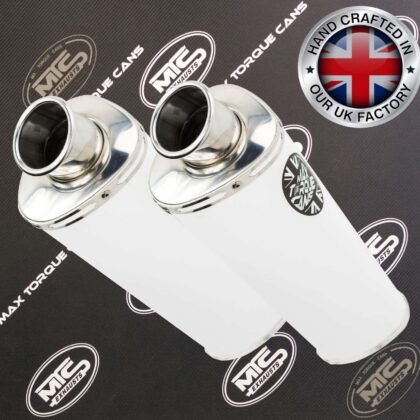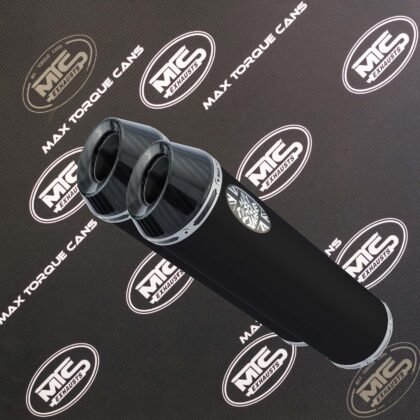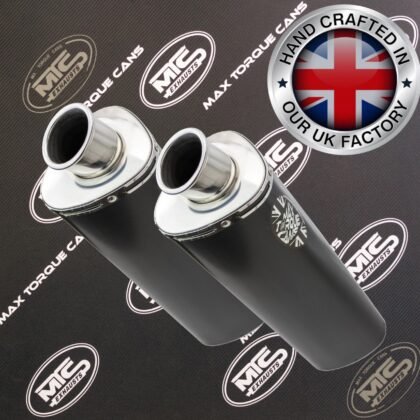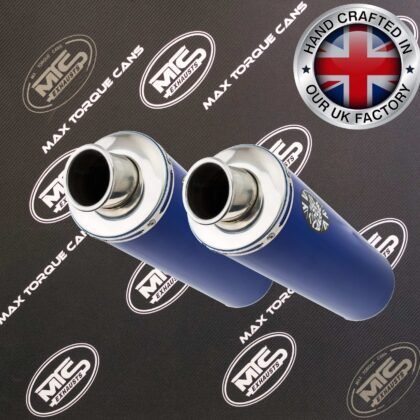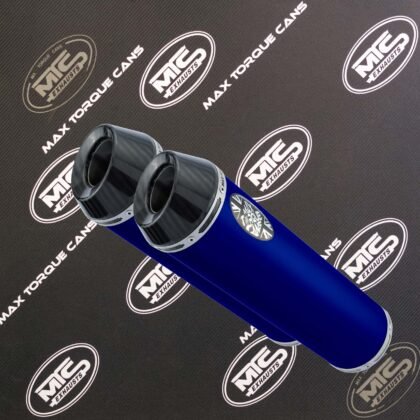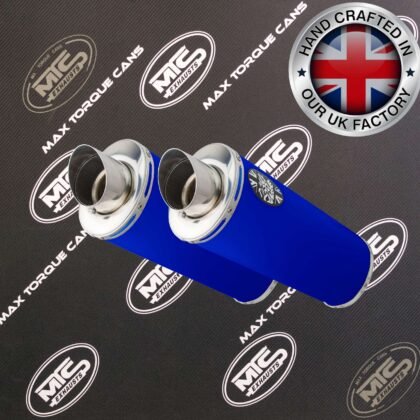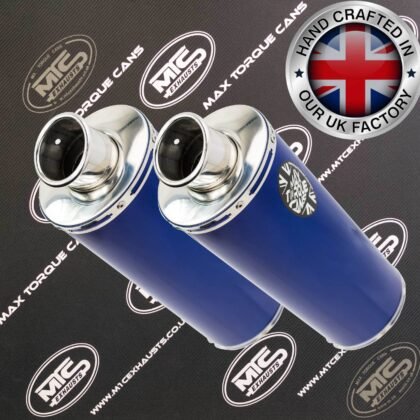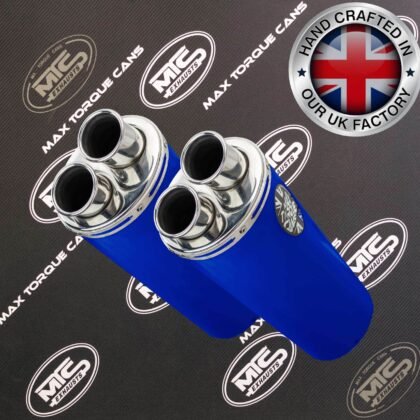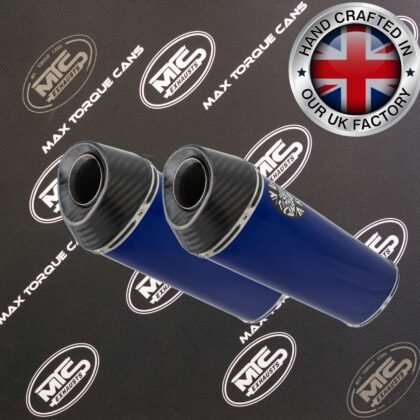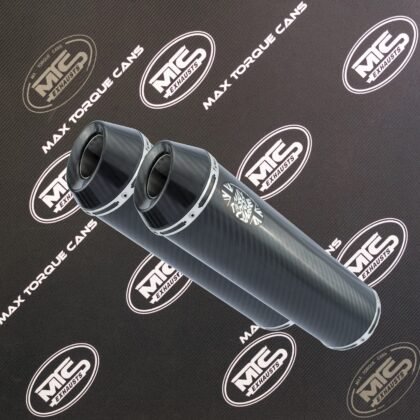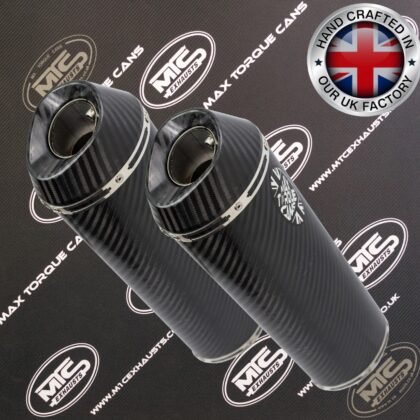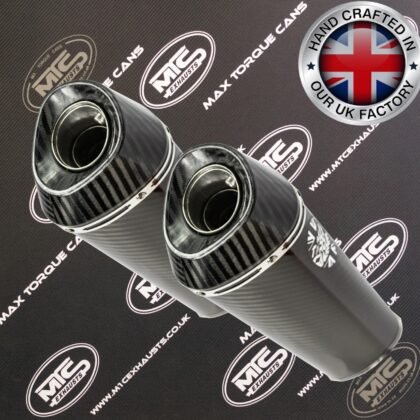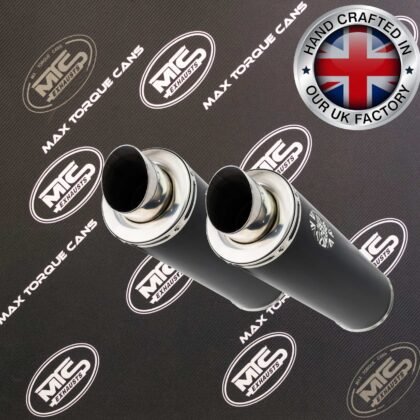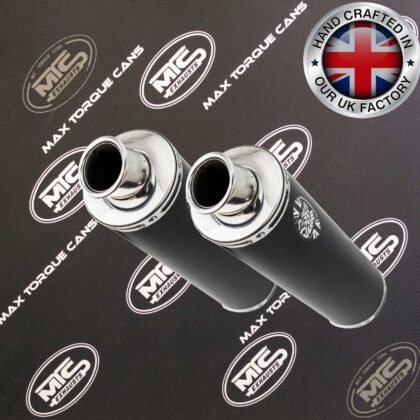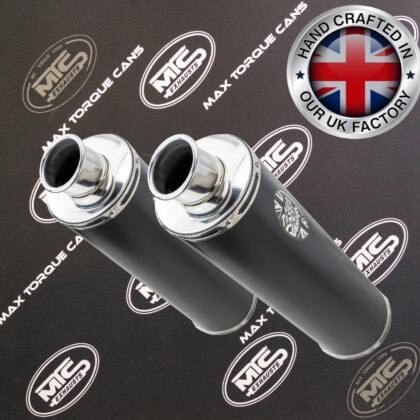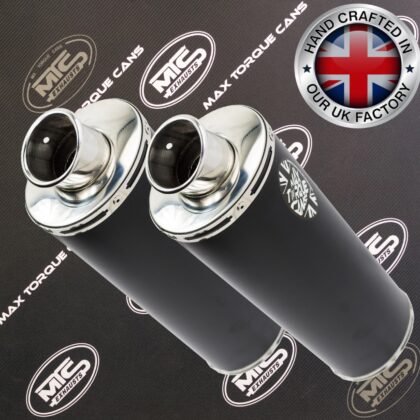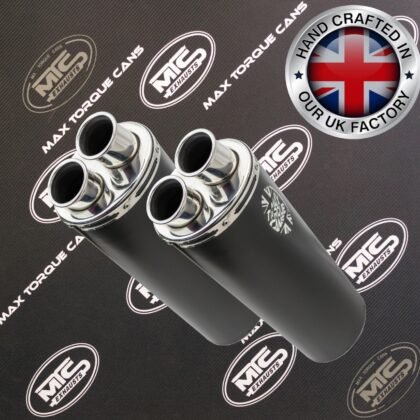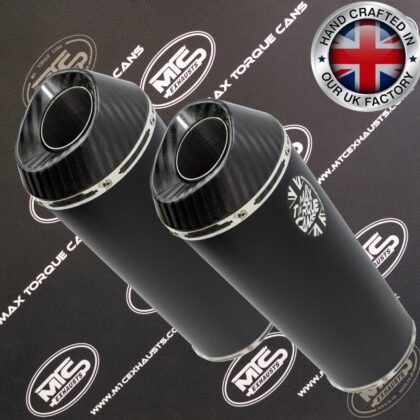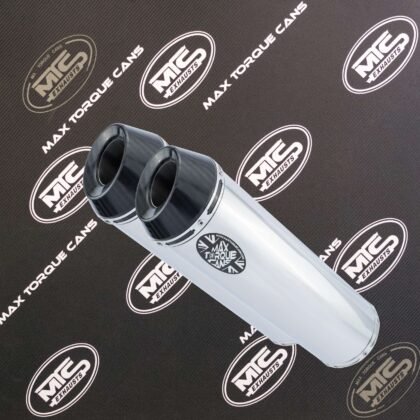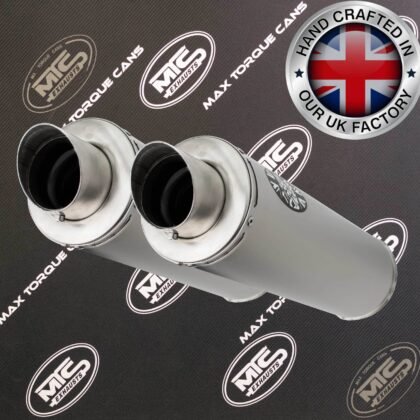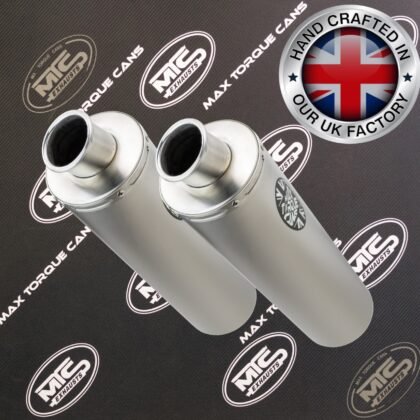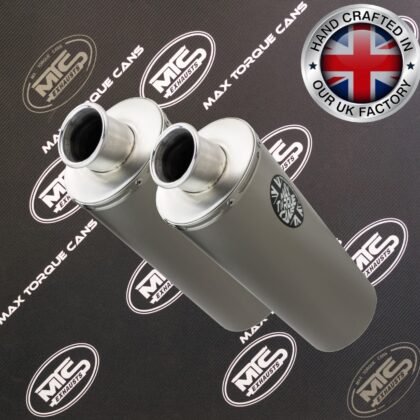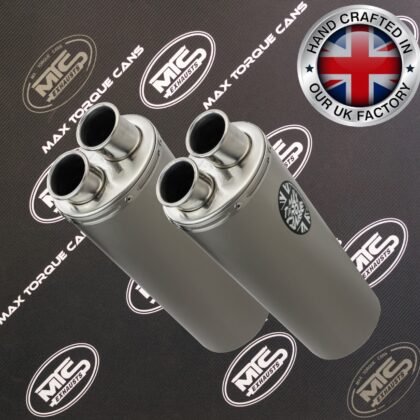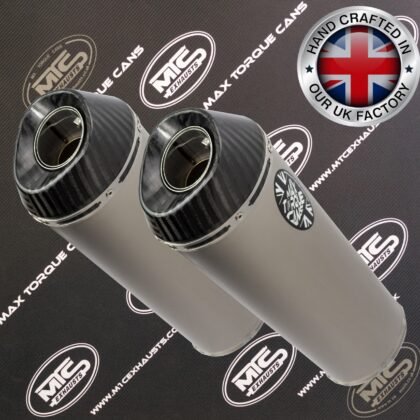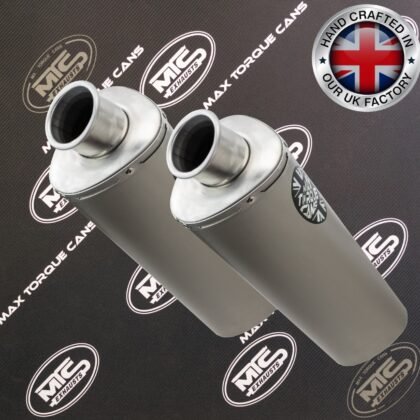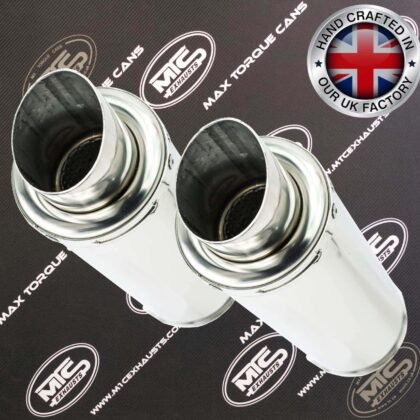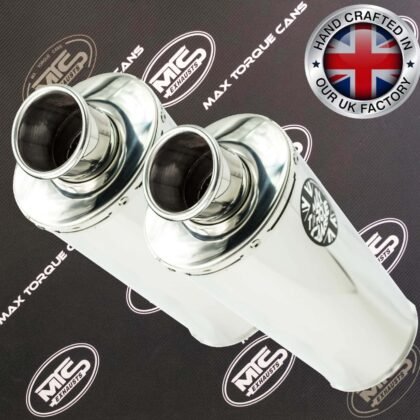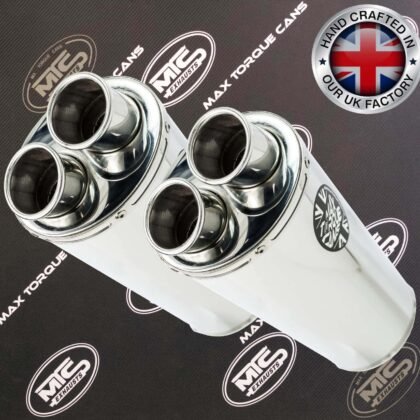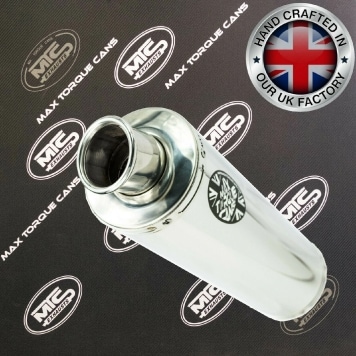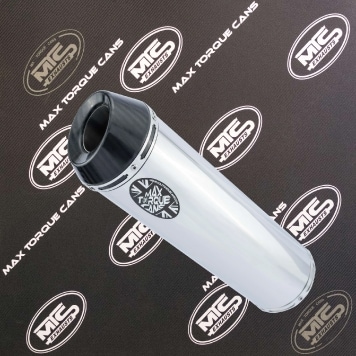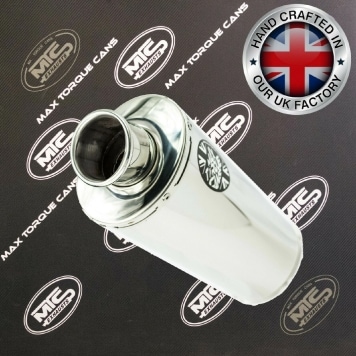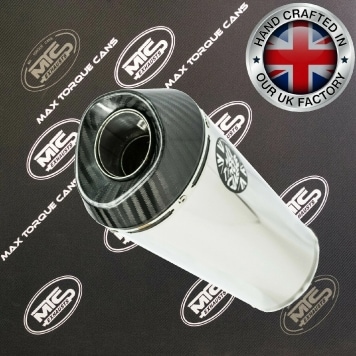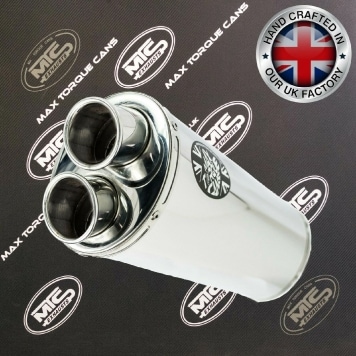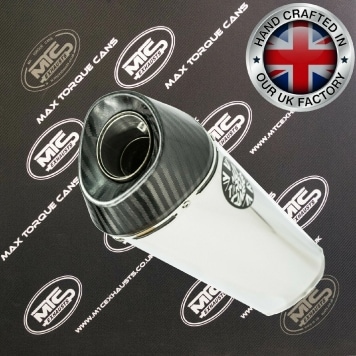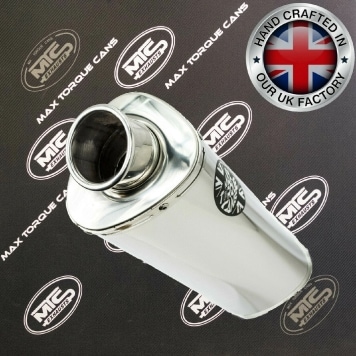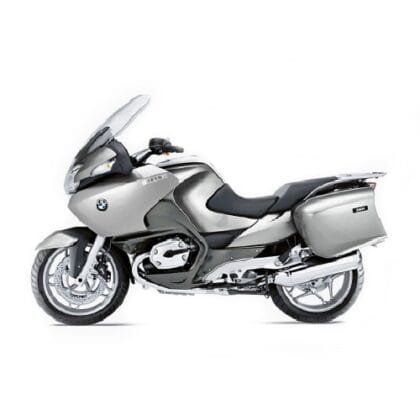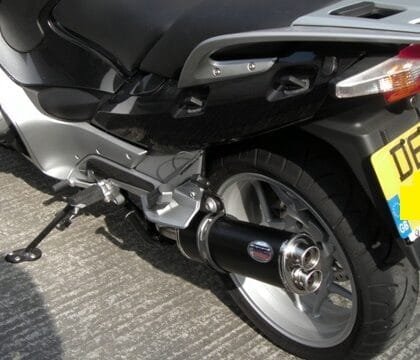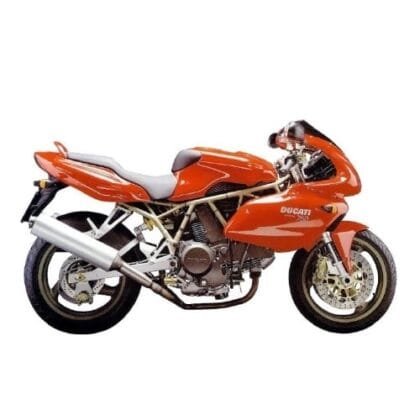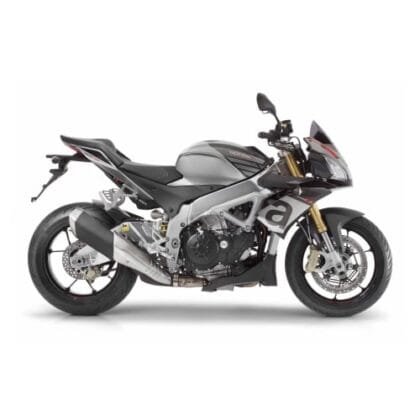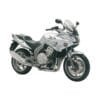This motorbike exhaust is for the Honda CB900F HORNET 2001-2007 and comes with a link pipe fitting,
2 x Stainless 304 Cnc Mandrel bent link pipes with Heat shields attached
2 x Stainless Exhaust Straps
2 x Exhaust Strap Rubbers
This exhaust is made to fit straight to the standard OEM downpipes.
Click on the link for pics
YouTube Link




Pinterest link eBay Shop Facebook Twitter Instagram Google My Business
| Material | White, Polished Stainless Steel, Satin Stainless Steel, Titanium, Carbon, Black, Blue |
|---|---|
| Shape | Round GP, Oval, Round, Tri Oval |
| Outlet | Evo Outlet, GP Pro Outlet, Single Outlet, Twin Outlet, Carbon Outlet |
| Type | Race, Road Legal |
Outlet
 |
Single Outlet – single 54mm diameter rolled outlet. Best performing outlet in a road-legal /race. Simple and effective. |
 |
Twin Outlet – twin 40mm diameter rolled outlets. This has the ‘best of both worlds’, quieter than the single outlet with baffles inserted, and Louder than the single outlet with the baffles removed. (Both outlets working in the road-legal form). |
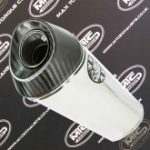 |
Carbon Outlet -Our superior outlet range with a choice of a smooth, sleek Oval, ultra-modern Tri-oval, and now our all-new for 2020 Round outlet. These outlets give your exhaust the distinctive, expensive finish without the expensive price tag. |
 |
GP Pro Outlet – Comes with a large 63mm diameter slash-cut finish, and can come with and without road-legal baffles. |
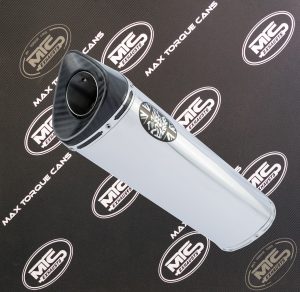 |
The Evo Outlet – Is a new, modern 2020 design. The sleek, tapered lines compliment any road – track or race bike |
Materials
Our Exhausts are internally constructed in stainless steel and the outer sleeve can be made in stainless steel, titanium or carbon fiber. MTC ONLY uses the best grade materials.
 |
Polished Stainless Steel – Grade T304 + T409 (a single slip-on exhaust normally weighs 1.9 kilos). |
 |
Satin Stainless Steel – Grade T304 + T409 (a single slip-on exhaust normally weighs 1.9 kilos). |
 |
Titanium – Grade 2 + 3 mill finish (a single slip-on exhaust normally weighs 1.7 kilos). |
 |
Carbon Fibre – 4 x 4 twill prepreg autoclave cured, foiled lined (a single slip-on exhaust normally weighs 1.2 kilos). |
Our coloured exhausts have stainless steel sleeves that are painted prior to assembly. The item is electrostatically coated with high-grade polyester powder and cured at 200º-220º deg C giving a durable, smooth and U.V. resistant finish with excellent colour retention. Colours available are matt black, gloss white and gloss blue.
Shape
 |
Round GP – Ø98mm Our smaller round exhaust shape and is usually 250mm Long (this exhaust shape is perfect for the customer who wants a louder sound on a standard sized bike). |
 |
Round – Ø110mm Our Normal-sized exhaust shape and can come in sizes from 250mm to 450mm Long. (This is our standard sized exhaust and performs excellently on most bikes). |
 |
Oval – working from 110mm Ø is sized 98mm wide and 122mm High and can come in sizes from 250mm to 450mm Long. (This is our slimmest design, for inverted under-seat exhausts, or for customers/Racers who need the slimmest streamlined spacers to ride through). |
 |
Tri Oval – working from 110mm Ø is sized 98mm wide and 122mm High and can come in sizes from 250mm to 450mm Long. (This is our Premium shaped design. (Designed back in 2002′ our company was the first in the UK to produce this exclusive shape, have a look around and see how many UK companies have copied us!!). |
Extra Info
Our Exhausts are manufactured to give maximum power without the need to alter the fueling but, if you have an aftermarket air filter and/or a de-cat, then having the bikes fueling looked at will always compliment the engine’s performance and efficiency.
To Make sure that you are shopping for the correct Model exhaust here is some information about this model.
The second generation Honda CB900F is a standard motorcycle based on a sport bike engine but with a more upright seating position and revised engine and gearing, providing performance and comfort between a typical sport bike and a cruiser. It was called the Hornet in Europe and the 919 in North America because the trademark for the vehicle name Hornet in North America was held by Chrysler, acquired after buying AMC, maker of the AMC Hornet car.[24]
In some ways the concept dates to a 1994 design study created by American Honda’s R&D chief product evaluator Dirk Vandenberg in cooperation with Cycle World magazine, a streetfighter-like one-off custom based on the Honda CBR900RR, with the fairings removed, high, tubular handlebar, and tuning and gearing modified to boost low-end torque.[20] Vandenberg saw a market in the “older sportbike crowd” who are seeking high performance without an awkward riding position or racetrack style bodywork.[25]
It was introduced in 2002 and its last model year was 2007, after which it was replaced by the CB1000R. After compliance with tightening emissions regulations became untenable, it was replaced by the more performance-specialized CB1000R. In 2006, Motorcyclist recommended used 919s as a good buy, saying of the new bike, “at $7999, it wasn’t exactly cheap and saddled with a coat of flat-black paint called Asphalt, it was less than visually electrifying,” however, in the used market it became a great value. In the US market, the 919, like the 599, was expensive, because, being intended for the European market, they were made in Italy, and so had to be imported to the US against unfavorable Euro exchange rates.
The Daily Telegraph welcomed the new bike, saying, “the new CB900F Hornet leaves your knees in the breeze and your smile full of bugs as it reintroduces you to a feeling of undemanding, rewarding two-wheeled fun that has been missing from the market for a long time.” Comparing it to the Hornet 600, the bike was reminiscent of the standards of the 1970s, sometimes called Universal Japanese Motorcycles.
The CB900F is powered by a de-tuned Honda CBR900RR engine, developed by Tadao Baba, one of Honda’s Large Project Leaders. The motor is a transversely mounted, liquid-cooled, fuel-injected 919 cc (56.1 cu in) in-line four-stroke, four-cylinder DOHC engine that produces around 100 hp (75 kW). The engine has cast camshafts and pistons instead of the more expensive forged versions found on the CBR929 and later. For greater midrange torque, the CB900F’s camshaft lift is lower, and compression is slightly lowered. Four 36 mm (1.4 in) fuel-injection throttle bodies take the place of the CBR900RR’s 38 mm (1.5 in) carburetors. Redline is 9500 rpm. The bike has a cable-actuated clutch, a six-speed transmission, and a chain final drive.
A steel, square-tube backbone frame supports the stressed member engine. In front, a cartridge fork (adjustable beginning in 2004) guides the wheel, while a single Showa shock, adjustable only for preload (and rebound damping beginning in 2004) connects with the aluminum swingarm and carries the weight in the back. Its brakes are dual-disc in the front and single-disc in the rear.
Manufacturer Honda
Also called Honda Hornet 900 (Europe)
Honda 919 (United States)
Production 2002–2007
Successor CB1000R
Class Standard
Engine 919 cc (56.1 cu in) liquid-cooled straight four
Bore / stroke 71.0 mm × 58.0 mm (2.80 in × 2.28 in)
Compression ratio 10.8:1
Top speed 230.0 km/h (142.9 mph) 228.5 km/h (142.0 mph)
Power 71.9 kW (96.4 hp) 75 kW (101 hp) at 8,550 rpm 77 kW (103 hp), 80 kW (110 hp) at 9,000 rpm
Torque 84.9 N⋅m (62.6 lbf⋅ft)[19] 91 N⋅m (67 lbf⋅ft) at 6,500 rpm 88.9 N⋅m (65.6 lbf⋅ft) at 7,550 rpm
Ignition type CDI
Transmission Cable-actuated wet clutch, 6 speed, chain final drive
Frame type Steel, square section backbone, engine is stressed member
Suspension Front: telescoping cartridge fork, adjustable after 2004
Rear: swingarm with single Showa shock, adjustable preload
Brakes Front: dual disc
Rear: single disc
Tires Michelin Hi-Sport Front: 120/70-ZR17
Rear:180/55-ZR17
Rake, trail 25°, 98 mm (3.9 in)
Wheelbase 1,460 mm (57 in)
Dimensions L: 2,125 mm (83.7 in)
W: 750 mm (30 in)
Seat height 795 mm (31.3 in)
Weight 206.0 kg (454.2 lb) (dry)
218.0 kg (480.6 lb), 220.0 kg (485.0 lb) (wet)
Fuel capacity 19 l (4.2 imp gal; 5.0 US gal)
Fuel consumption 6.11 L/100 km (46.2 mpg‑imp; 38.5 mpg‑US)
6.4 L/100 km (44 mpg‑imp; 37 mpg‑US)
3D View
Please click on the exhaust below to see the 3D model
Gallery
[ngg src=”galleries” ids=”93″ display=”basic_thumbnail” thumbnail_crop=”0″]
Fitting Guide
 Loading...
Loading...
Road Legal / Race
All our Road Legal exhausts come with a Road Legal Baffle / Decibel Killer + BSAU ( British Road-Legal ) markings.
All our RACE exhausts do not come with a Road Legal Baffle / Decibel Killer + do not have any BSAU ( British Road-Legal ) markings. and are marked NOT FOR ROAD USE
2024 Road legal exhaust statement:
At Max Torque Cans we prioritise safety and compliance in the world of motorcycle exhausts. Our commitment to adhering to regulations is evident in our product design and labelling, and hence with new updates from ACEM, DVSA and DfT, we are ensuring our exhaust systems are compliant with new and upcoming legislation and regulations. Specifically, two changes detailed below:
Road Legal Exhausts: Our road legal exhausts will have the BSAU stamped markings and be crafted with non-removable baffles, aligning seamlessly with the standards set by ACEM (European Association of Motorcycle Manufacturers). These baffles are an integral part of our design to ensure that your motorcycle exhaust complies with road regulations, providing you with a legal and enjoyable riding experience.
Race Exhausts and Silencers: For those seeking an exhilarating experience on the track, our race exhausts are engineered to deliver optimal performance. Clearly marked with type approval markings “Not for Road Use” etched into the side, these exhausts are specifically designed for racing applications. This distinction is in line with DVSA policy, ensuring that our race exhausts are suitable for track use, meeting the highest performance standards without compromising on safety.





